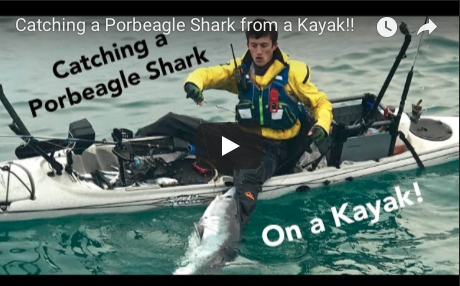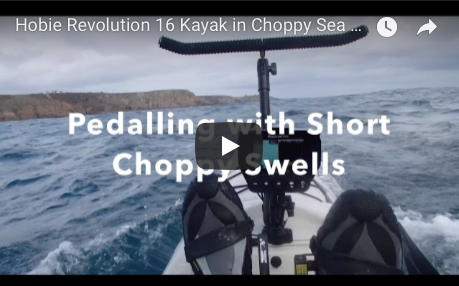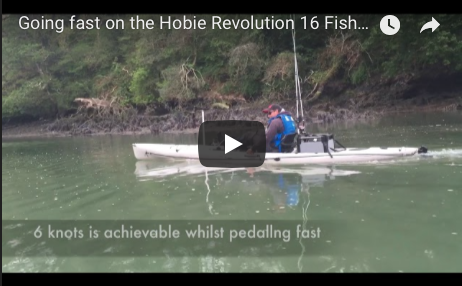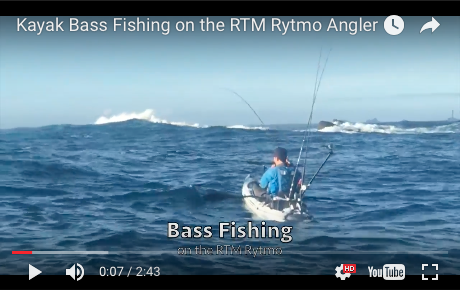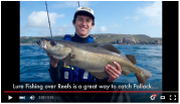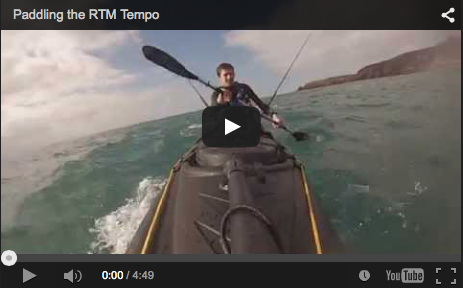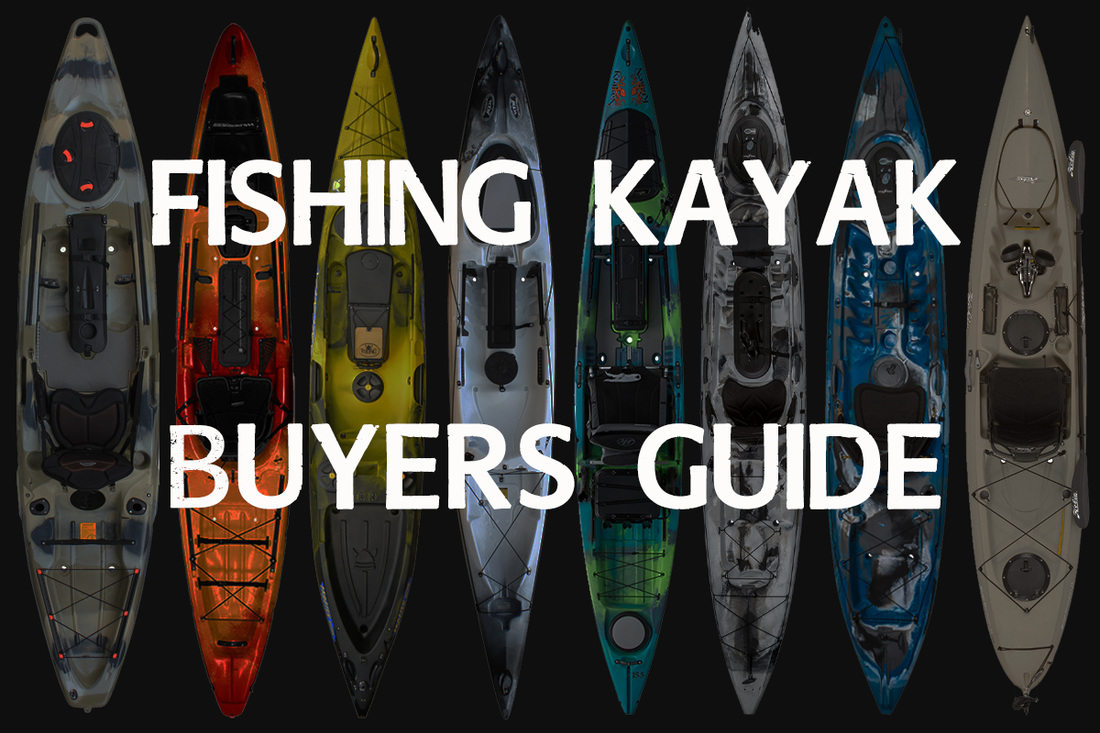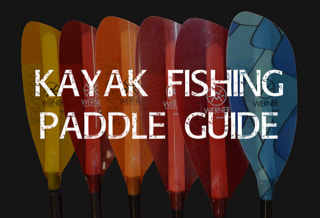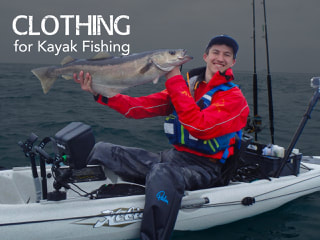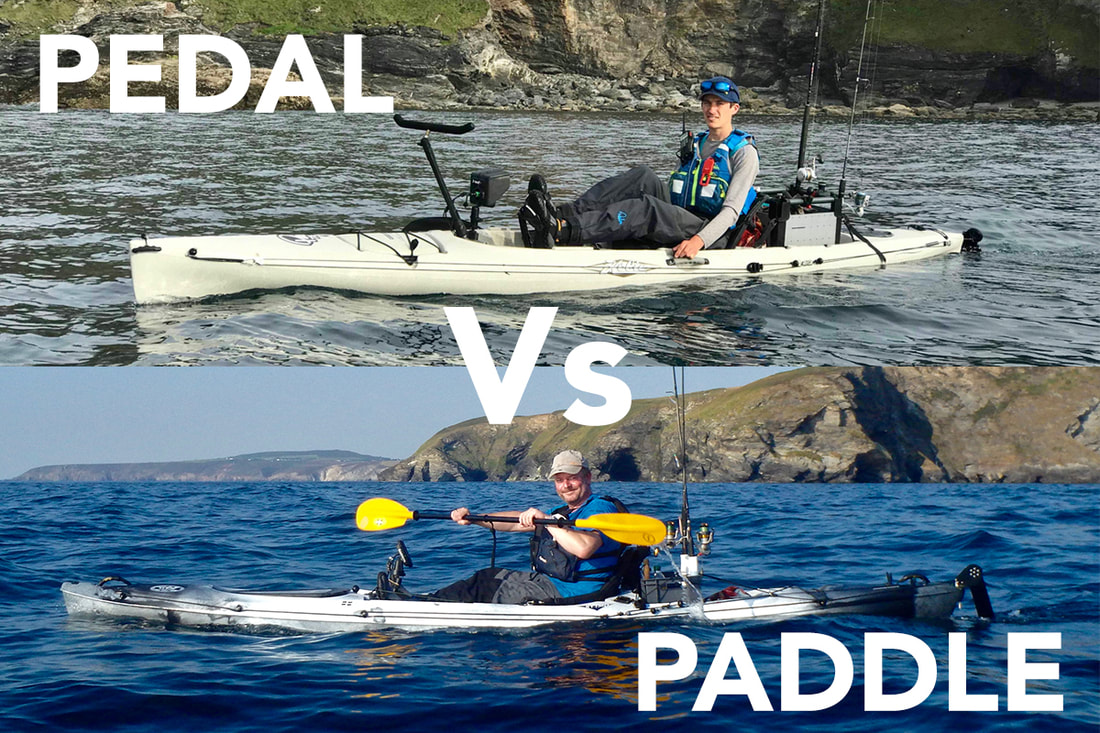Components used in this installation:
Step 1 - Making a Waterproof Battery BoxI am using a 12v 7Ah sealed lead acid battery to power the Dragonfly and i wanted this to be kept in a waterproof box that i could switch between kayaks and fish finders. Lock & Lock make a brilliant watertight rectangular plastic storage container (1.9 Litre HPL818) that houses a 12v 7Ah battery perfectly with a bit of foam packing. The power lead from the Dragonfly needs to pass into the container to the battery and for this i have used a Scanstrut waterproof Deck Seal (DS16-P for 16mm connectors and 2-8mm cables). I start by drilling a hole in the lid, large enough to pass the spade end connectors through, 8-10mm should do. The deck seal fitting kit comes with self-tapping screws but the container lid doesn't give much thickness for a strong hold. I have used a small piece of black chopping board, with another 8-10mm hole drill in the centre, to make a backing plate to screw into. Then its a case of assembling the deck seal. Place the soft foam base over the hole, use the small guide holes in the ring to drill some pilot holes through the lid for the screws Stick the foam ring down over the hole, place the plastic base on top of the foam and then screw this down into the backing plate. The DS16-P deck seal comes with a pre-drilled rubber block that is a perfect fit for the power lead but the deck seal comes with a blank rubber block that can be drilled for other sizes of lead. Before the power lead can be fitted into the deck seal a little bit of wiring is required to fit the super seal connector enabling the battery box to disconnected and moved between kayaks. Note: This step isn't required if your battery box will always stay in one kayak. Cut off approximately 16" of the power cable and strip back around 2 inches of outer coating at one end and around 6 inches off the other, exposing the black and red wires. Strip approx. 1 inch of the coating off the red and black wires too. Note: There is also a grey wire incorporated into the power cable - this is a drain wire which works with the sheilding in the cable and serves to ground the wiring. I disregarded it during this installation and haven't experienced any problems to date. Crimp the female spade end connectors onto the wire ends with 6" of red and black wires exposed as above in the photo - these will clip over the battery terminals inside the battery box. At the other end, slide on the red rubber seals and then crimp on the female terminals of the super seal. Then its a case of slotting these into the back of the male connector. Slide on the rubber seals and crimp the male terminals onto the end of the power lead coming from the fish finder. Slot these into the back of the female connector and the superseal is complete. Pass the spade end connectors through the deck seal, place the rubber seal around the cable and screw down the top cover of the deck seal into the base using the bolts provided. I have used some insulation tape to tidy up any exposed wire. Place the battery in the box and connect the wires to the terminals. One waterproof removable/transferable battery box complete! Step 2 - Making a Battery Box HolderI didn't want the battery box to be sliding around inside the hull so decided to build a 'battery block' to hold the battery box in place. To do this i have used a block of high density closed cell foam I shaped one side to the shape of the hull in the Abaco using a fine tooth saw and sand paper I then cut a slot just big enough to hold the battery box. Holes were drilled through the foam below the slot for bungee to hold the box in place. A recess was also chopped out of the block to form a hole to place excess cable. This will keep all the cabling tidy. After the transducer installation (Step 4) this block is glued to the hull to keep everything in one place. One finished battery box holder that keeps everything tidy and weighs virtually nothing! Step 3 - Mounting the Dragonfly head unitThe cables from the transducer and battery must pass through the hull of the kayak to plug into the back of the fish finder. For a waterproof seal i have routed my cables through a Scanstrut Deck Seal DS30-P for 30mm connectors and 9-14mm cables. I decided on placing this in front of my centre hatch in a small recess designed to hold a tackle box. Any small flat area towards the bow end of the footwell are popular places to position a deck seal. A hole is drilled that is large enough to pass the fish finder transducer/power cable connector through. Next i assembled the base of the deck seal and made another chopping board backing plate for a strong hold against the kayak. The pre-drilled holes in rubber blocks supplied with the DS30-P deck seal are too large for the power and transducer cables on the Dragonfly so i have drilled two holes in the blank block just slightly smaller than the cables. When this is clamped down under the deck seal cover it will wrap around the cables tightly forming a waterproof seal. A dab of marine goop or other sealant can be smeared around the cables and over the deck seal to fill any small gaps where water may ingress. Ensure there is enough cable outside the hull so that the connector plug can reach the back of the fish finder with some slack so that the connection isn't under stress and so that the fish finder can be moved on its mount. The Dragonfly 5-Pro head unit comes with it own adjustable mount based around a ball joint. The ball is compatible with 1" Ram Mount gear so i decided to utilise an existing Ram 1" Ball Round Base that i have bolted to my centre hatch lid and attach the head unit to this using a Ram 1" double socket arm. The Dragonfly mounting ball isn't as grippy as a ram ball but it holds well enough for now. If i find that it starts to not grip properly then i will invest in a Ram ball with an M6 male bolt to screw into the back of the unit. A Ram ball or the Dragonfly mounting base can be mounted onto any flat surface on a kayak using trifold rivets or stainless steel bolts, nuts and washers. Equally the fish finder could be mounted onto a slide track compatible 1" Ram ball if you want your unit mounted on your kayaks slide tracks. When I'm transporting the kayak the head unit can easily be removed and cables stowed under the bungee. If you haven't got anything to retain the cables then a couple of pad eyes riveted to the kayak with some bungee tided between them would make a good cable keeper. Step 4 - Installing the Transducer in-hullThere are 3 main methods to install a transducer on a kayak:
The Abaco does have a transducer scupper hole and i used this to scupper mount the transducer on my Lowrance Elite-4x DSI. The Dragonfly transducer is considerably longer than the Elite-4x DSI transducer and also longer than the transducer scupper on the Abaco! RTM will have to make a longer transducer scupper hole to accommodate for the larger transducers on the latest CHIRP fish finders. I decided upon the in-hull dry mount option so that all wiring is hidden inside the hull and the transducer is protected from damage. I opted for Marine Goop to bond the transducer to the hull. The transducer needs to be pushed down into a big blob of Marine Goop in the keel line of the hull but you MUST ensure no air bubbles are present in the glue before pushing down the transducer. Air bubbles causes interference with the sonar reading. Practice building up a blob of marine goop on some scrap cardboard or wood so that you know how best to apply it. I found even after practicing that a couple of small air bubbles were present in the glue so i used the sharp end of a cable tie to scrape the bubbles out of the blob. Use a small torch to illuminate the glue so that you can easily see any bubbles. The Goop needs to be left for 24-48h to cure before use. Once i was happy that the transducer had been glued in successfully i glued the battery block in place The wires are all tidy and the battery box can easily be disconnected and removed for when the kayak is being transported. The battery box can also be moved to another kayak for use with another fish finder. The bungee keeps it all in place so if the kayak was to flip the battery wouldn't be thrown around potentially damaging the wires. The Finished ProductI downloaded the Navionics Nautical and Sonar Charts onto the micro SD supplied with the chart pack through the Navionics website following the very simple step-by-step instructions. The Micro SD then slots into a card holder located underneath a thick rubber plug in the back of the Dragonfly. Having looked at card slots on other manufacturers fish finder/GPS units, the Dragonflys looks to be far more likely to prevent water ingress under immersion. The downloaded nautical and sonar charts can easily be switched between on the menu. I used the Dragonfly over the weekend of the Ocean Kayak Classic competition at Plymouth and it seemed to work flawlessly. The display is bright and clear. Raymarine ensure the Dragonfly screen will not fog and i saw no signs of fogging over the weekend. The down-vision returns were high resolution, clear and sharp with no signs of any issues from the in-hull installation apart from a small band of interference within the first few cm's of return - this was to be expected and is hardly noticeable on the screen at all which is good. Bottom features were clearly identifiable with rocks, boulders and seaweed seen is good detail in shallow water less than 10m. Without having used it in deeper water i cannot yet comment on its ability to identify structure below this depth. The GPS worked well and waypoints easily entered and stored. The chart was easy to navigate and zoom into and out from. The temperature reading starts quite a way above the water temperature just after launching (seen below in the photo) but once the hull cools down to the water temperature after 10 minutes or so the reading is approx. 1° above that of the water. So far I'm impressed and I'm sure it will be put to good use finding fish and various structures, with the GPS and bathymetry charts being used to navigate to fishing grounds and store those all important places where the fish are caught! If your interested in purchasing the Raymarine Dragonfly 5-PRO they are available at Cornwall Canoes, along with all the main accessories needed for fish finder installation. Give them a call or check out their website for more information. 2016 UpdateI am no longer paddling the RTM Abaco used in the install above so the Dragonfly has been transferred to my RTM Tempo using the same method used in this post, and more recently transferred to a RTM Rytmo and installed using a through-scupper method. More info on the RTM Rytmo Installation can be found on the following link: Rigging the RTM Rytmo for Kayak Fishing.
Dave Hogan
24/6/2015 14:04:20
Great job.. I've just bought the same unit and been fitting mine out on my sib. From reading the instruction they say a 5amp inline fuse must be used. Do you intend fitting one or did you just miss it out?
Liam Faisey
24/6/2015 14:10:46
Hi David,
nathan
23/7/2015 06:33:17
great report, I could not see where you attached the drain wire.
Liam Faisey
23/7/2015 06:36:22
Hi Nathan,
thanks liam, yes the drain wire is the grey one
23/7/2015 06:45:47
thanks liam, yes the drain wire is the grey one.
Liam Faisey
23/7/2015 06:52:37
As far as I can remember what's shown in the photo is just the reflective insulating sheath. I'm positive there wasn't a third wire but then again I wasn't looking for one so probably missed it. I will have a closer look at it when I get a chance!
Dean
19/10/2015 23:12:15
Hi how did you find this in deeper water with the in hull install? I have been told that down imaging won't work through the hull?
Liam
20/10/2015 15:56:50
Hi Dean,
James
15/3/2016 14:39:40
How long does the 7Ah battery last for? I am just trying to fit a 5 Pro to a kayak and am looking at batteries.
Cornish Kayak Angler
16/3/2016 20:15:33
Hi James, A 7aH battery will last around 2 day sessions on the water. I tend to charge mine between trips though to be sure it'll power the fish finder all day.
Cornish Kayak Angler
17/3/2016 20:48:16
The 7aH will last a good two day sessions on the water. I usually charge mine up between trips though just to be sure
Kelvin
1/4/2016 19:01:38
Thanks for a great write up I've got the dragonfly 5 pro fitted on a trident 13. Ive tried the transducer arm over the side and didn't like it at all so after reading this I'm going to try the same and marine goop the transducer in the hull
Cornish Kayak Angler
2/4/2016 23:30:25
Hi Kelvin,
Kelvin
17/4/2016 22:09:59
Hi Liam I tried the transducer out today and it worked great no problem at all the water temp was a degree or to higher but not really bothered about that
Matt
9/4/2016 12:47:46
I guess I have air bubbles in my goop. Unit will randomly not read in under 2' of water. I'll try again...
Cornish Kayak Angler
10/4/2016 22:01:19
Hi Matt,
ChrisB
14/5/2016 09:58:36
Hi Liam, just completed the install and all went well - except on powering up there were dreaded black lines on the sonar. Any advice in how to avoid these? I made a well for the transducer and thought I had all the bubbles out but discovered micro bubbles when I removed the transducer. Maybe I should use less Goop?
Matt
13/7/2016 21:38:50
Chris, did you ever get a reply here? I have the same issue as well as having the unit kinda freeze up in less than 2ft of water. I'm going to try again this weekend, didn't know if you had any tips.
Cornish Kayak Angler
13/7/2016 22:40:49
Sorry guys, I've only just seen you comments.
Bob
3/8/2017 16:27:42
Hitting Goop with a hairdryer will help remove micro bubbles. Use a bright flashlight and check for bubbles in Goop before setting transducer into it.
mike
14/6/2016 21:26:42
Amazing post, thanks
ChrisB
13/7/2016 22:33:15
Hi Matt, no I didn't get a reply but my unit works fine now.
Nuno Ribeiro
17/9/2016 19:12:54
Helo From Portugal
Cornish Kayak Angler
17/9/2016 19:43:27
Hi Nuno,
Nuno Ribeiro
17/9/2016 23:49:27
Thanks a Lot for de feedback.
Nuno Ribeiro
20/9/2016 19:02:18
Update
Matt
1/10/2016 05:35:10
Hi Liam,
Cornish Kayak Angler
3/10/2016 20:21:24
Hi Matt,
Norberto
16/3/2017 10:40:48
Hi, nice post. How the FF have performed after installation? Have you had the opportunity to get it to deeper waters? Any overheating of the transducer? How far to the side does the unit can see underneath the kayak? I am evaluating the same FF model for my 2015 OK Trident 13 kayak using your post as a guide to install the unit. Thank you.
ChrisB
16/3/2017 15:15:23
I had an email from "Weebley" about the installation and results from its use on the water. Firstly Weebley I didn't post the blog (I think it was Liam) and don't want to take credit for a great instructional guide. It really made things easier to install the unit. But in response to your questions, I have used it extensively and it works v. well. However, I fish mainly in the Solent and haven't recorded depths of more than 30ft (or I would be in the shipping channel!) I have had no trouble with overheating and looking forward to using it again in the v near future - hopes this helps.
Norberto
16/3/2017 21:40:41
Thank you very much,
Raymond
10/4/2017 21:08:54
Hello, excellent post, it is very helpfull
Cornish Kayak Angler
13/4/2017 22:27:02
Hi Raymond, 17/4/2018 06:44:09
hi i am impressive too ,, when i read your post, it is good instruction
john thomson
28/5/2021 09:17:45
the specs for this fishfinder show IPX6 and IPX7, IPX6 isn't really for immersion. Any problems with waterproofness of this model? Comments are closed.
|
AuthorLiam Faisey My Tackle ShopSPONSORSProudly associated with
Cornwall's only specialist kayak fishing shop
Archives
March 2023
Categories
All
Add my blog to your feed reader by clicking the button below
Get blog updates via email
Kayak Fishing VideosCustom feed reader powered by FeedWind
Useful Links
Anglers Afloat
Cornish Shore & Kayak Fisherman Cornwall Canoes Palm Equipment Penzance Kayak Fishing Meet Info Saltwater Kayak Fisherman Magic Seaweed XC Weather |
|
Website powered by pasties and the hope of good weather!
© 2023 Liam Faisey
© 2023 Liam Faisey

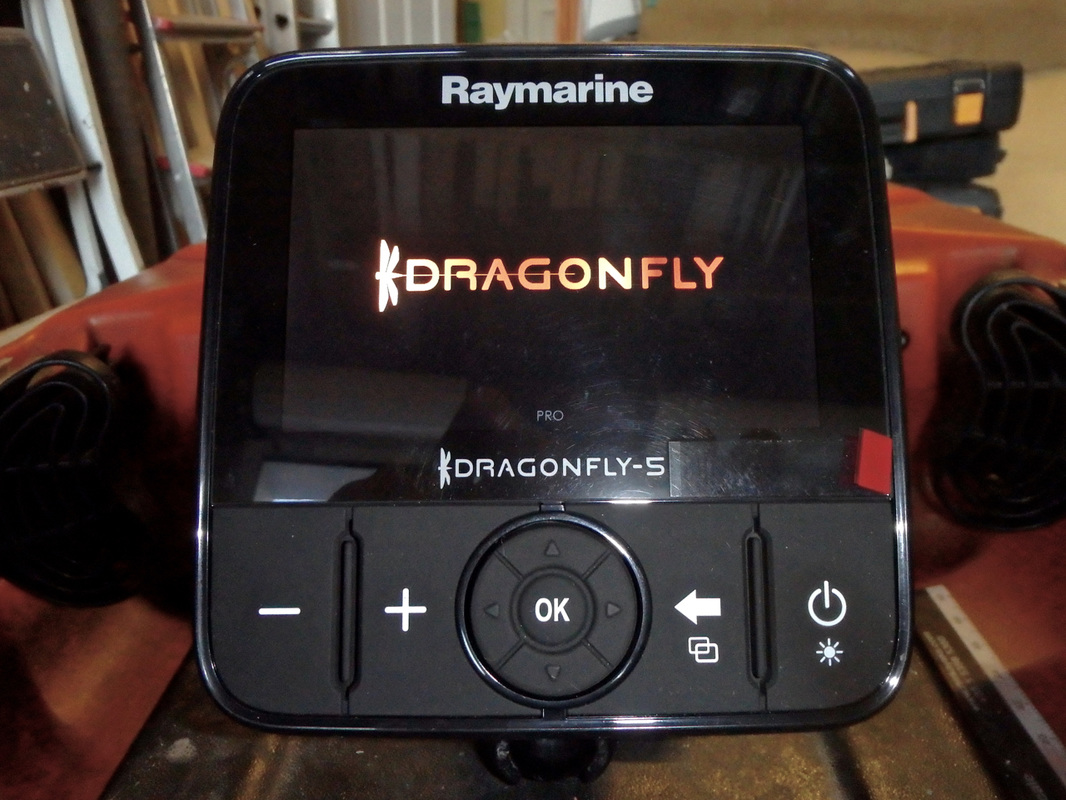
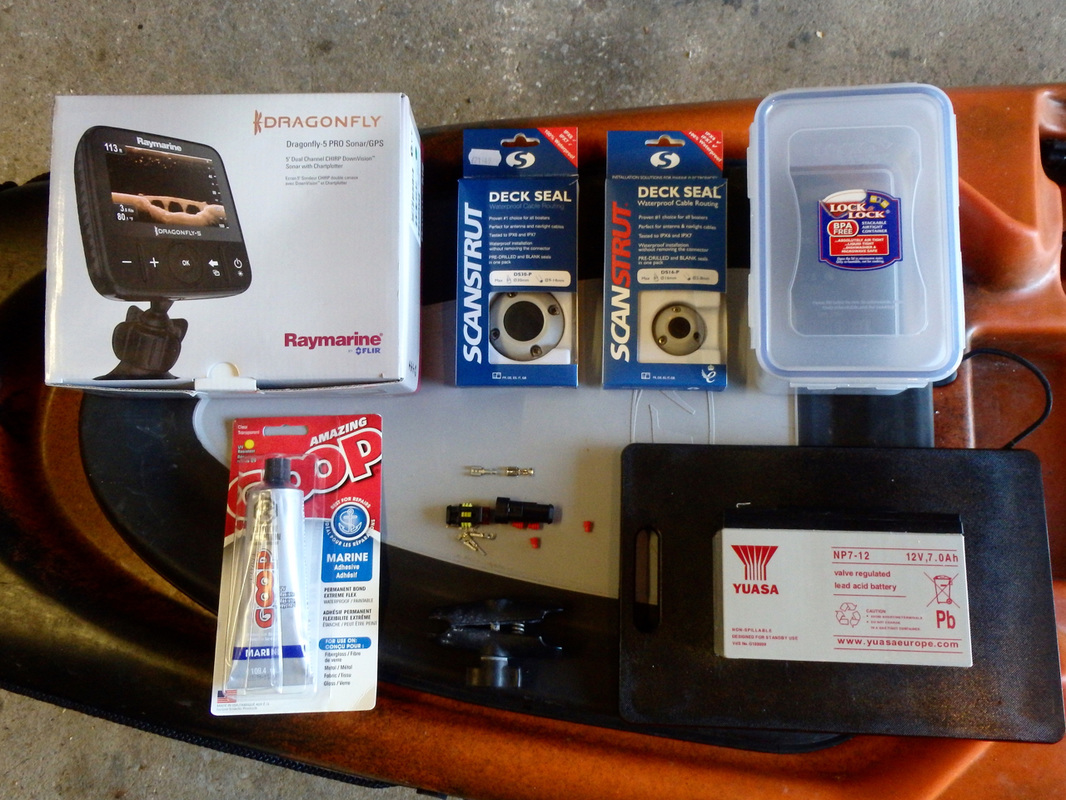
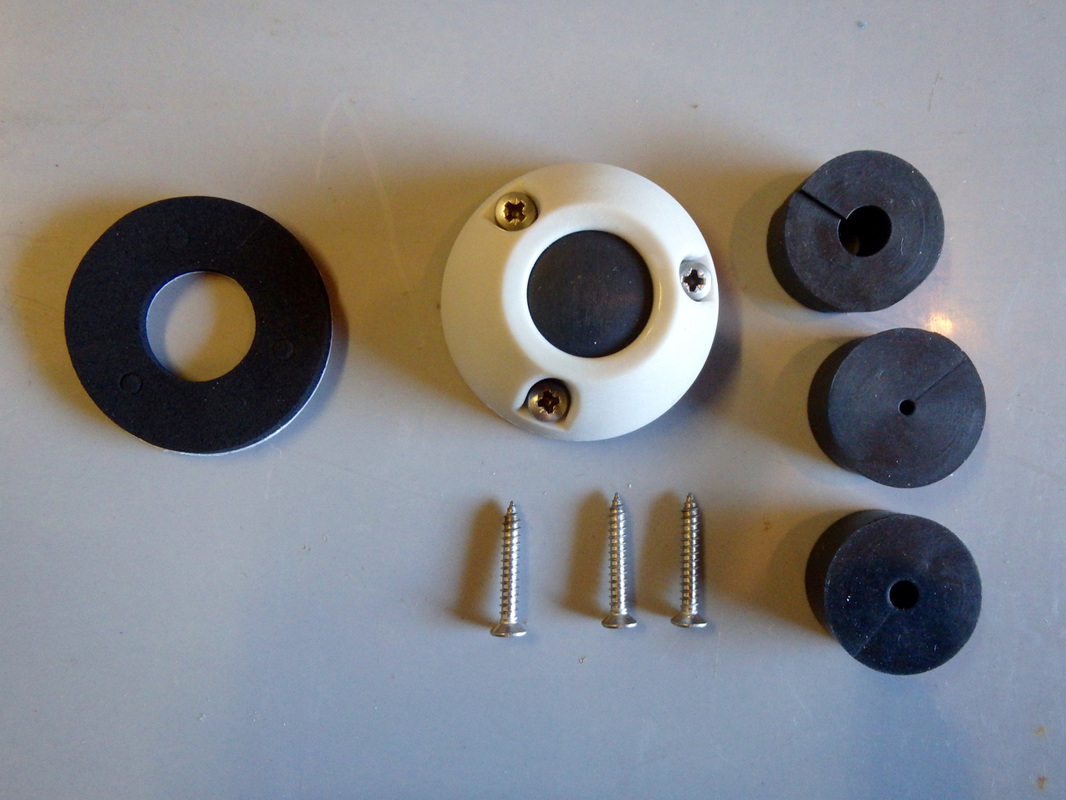
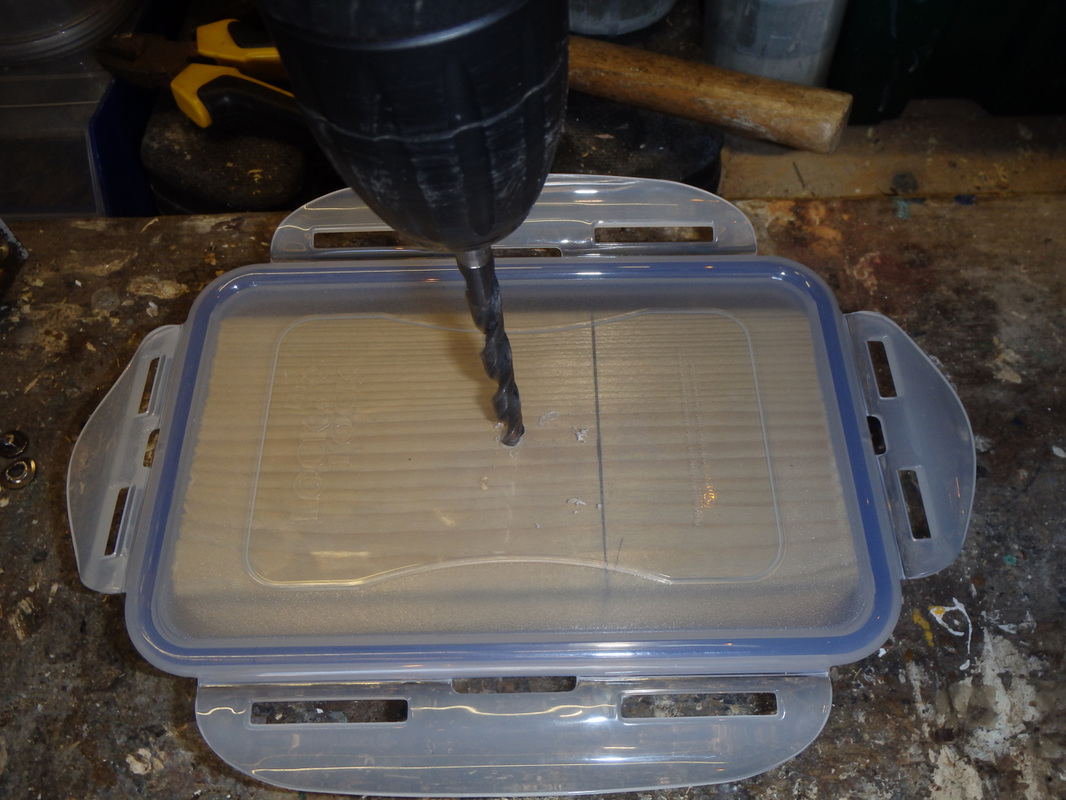
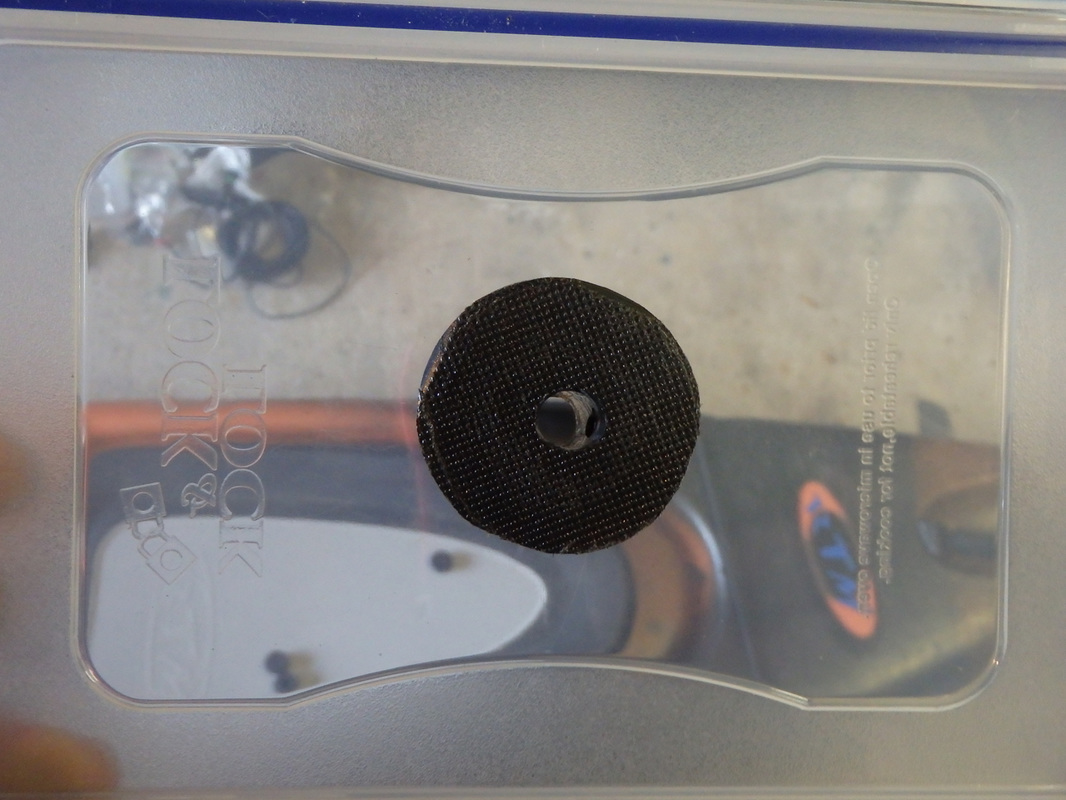
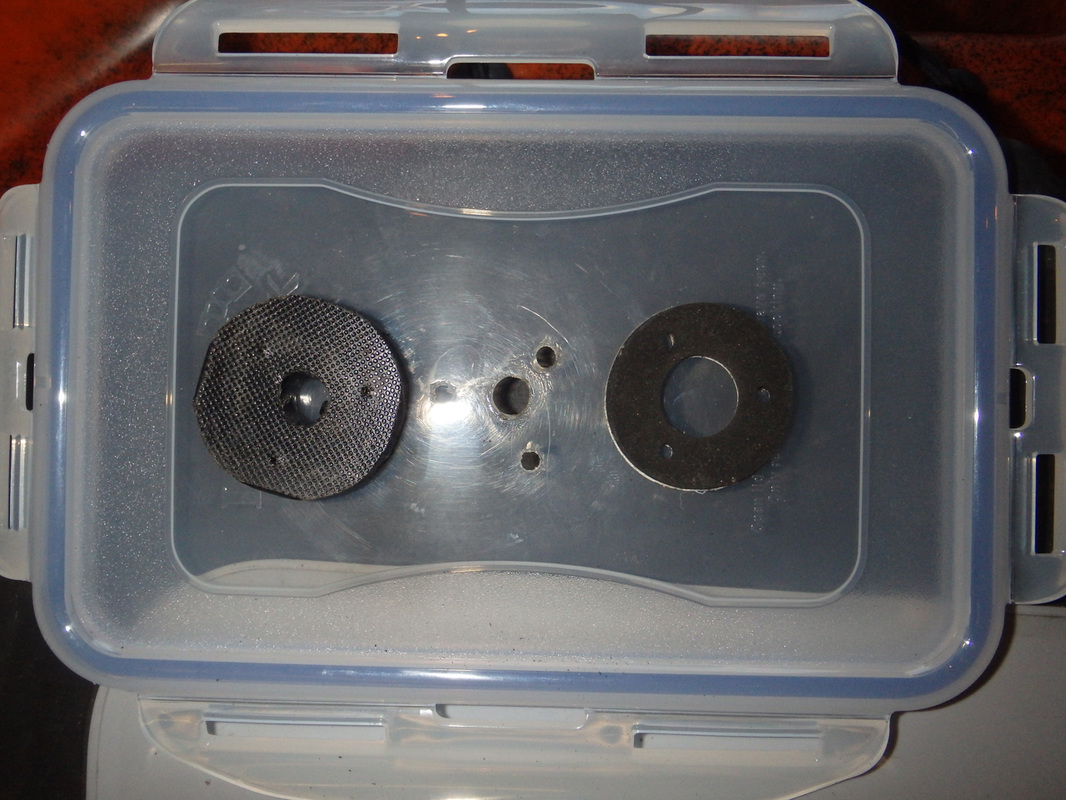
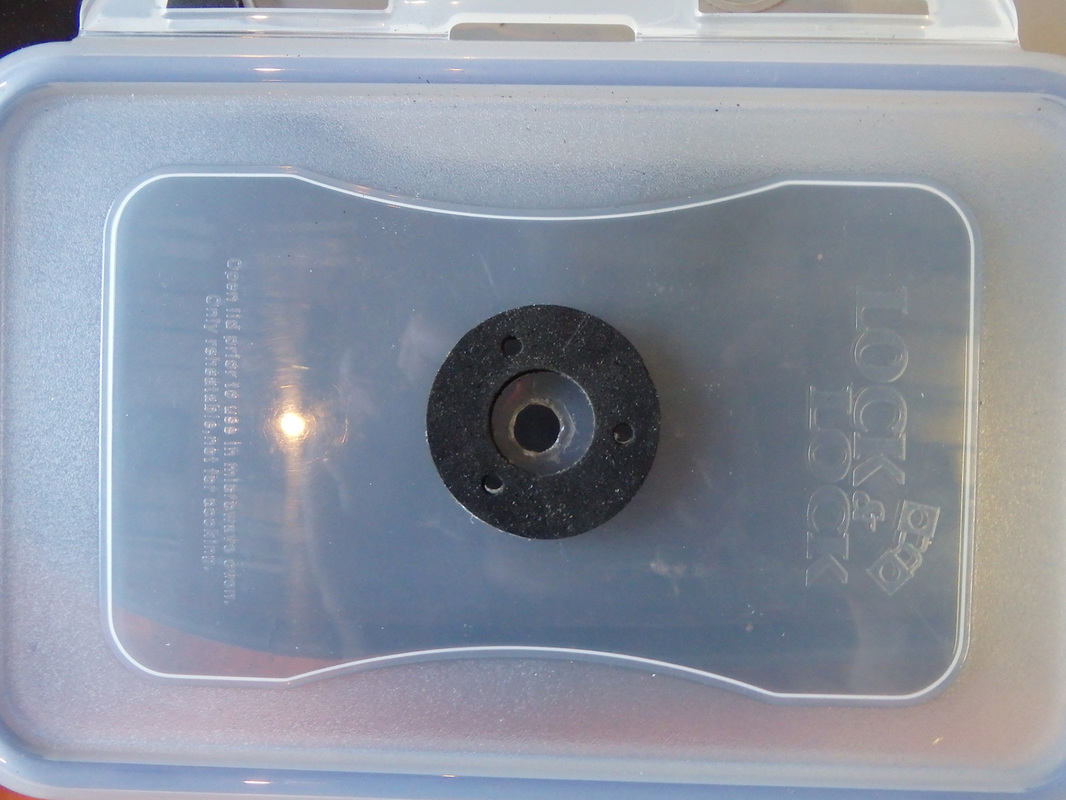
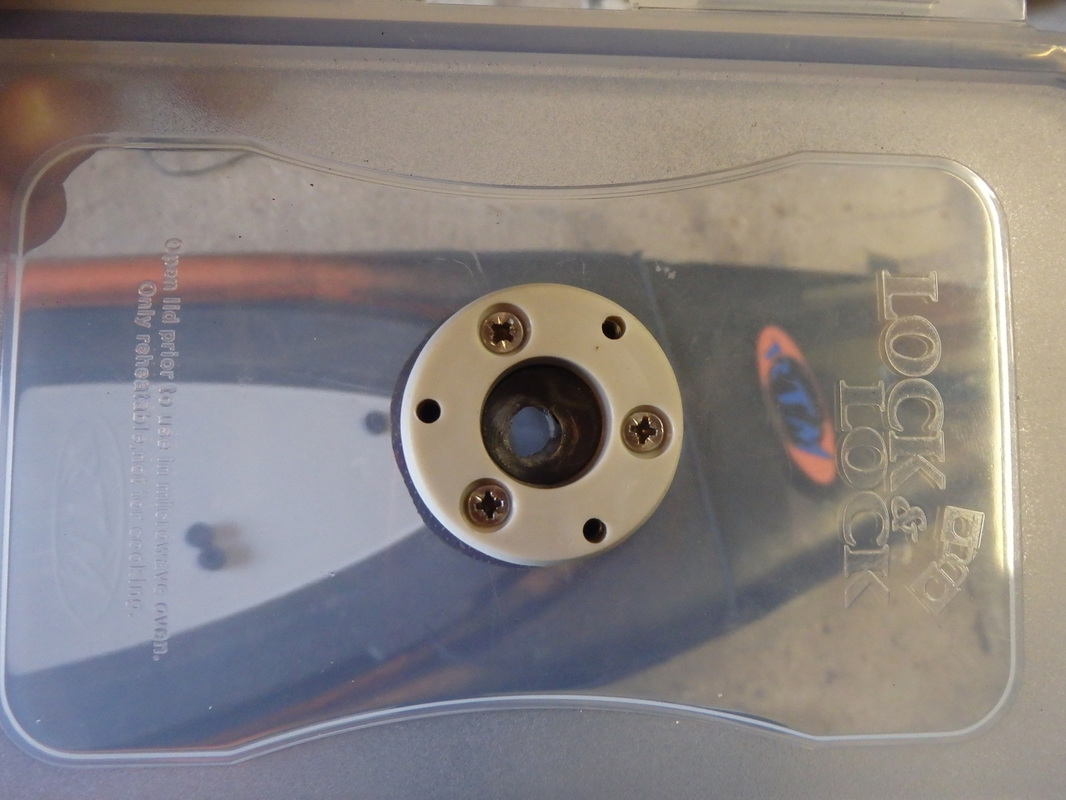
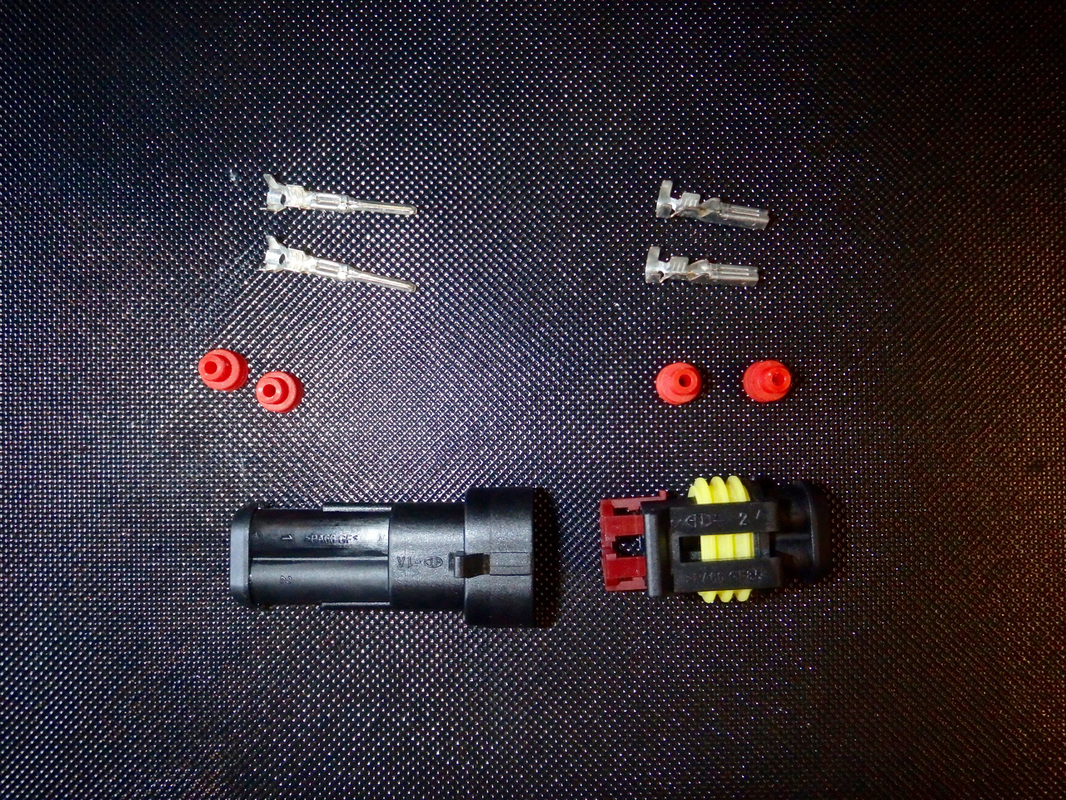
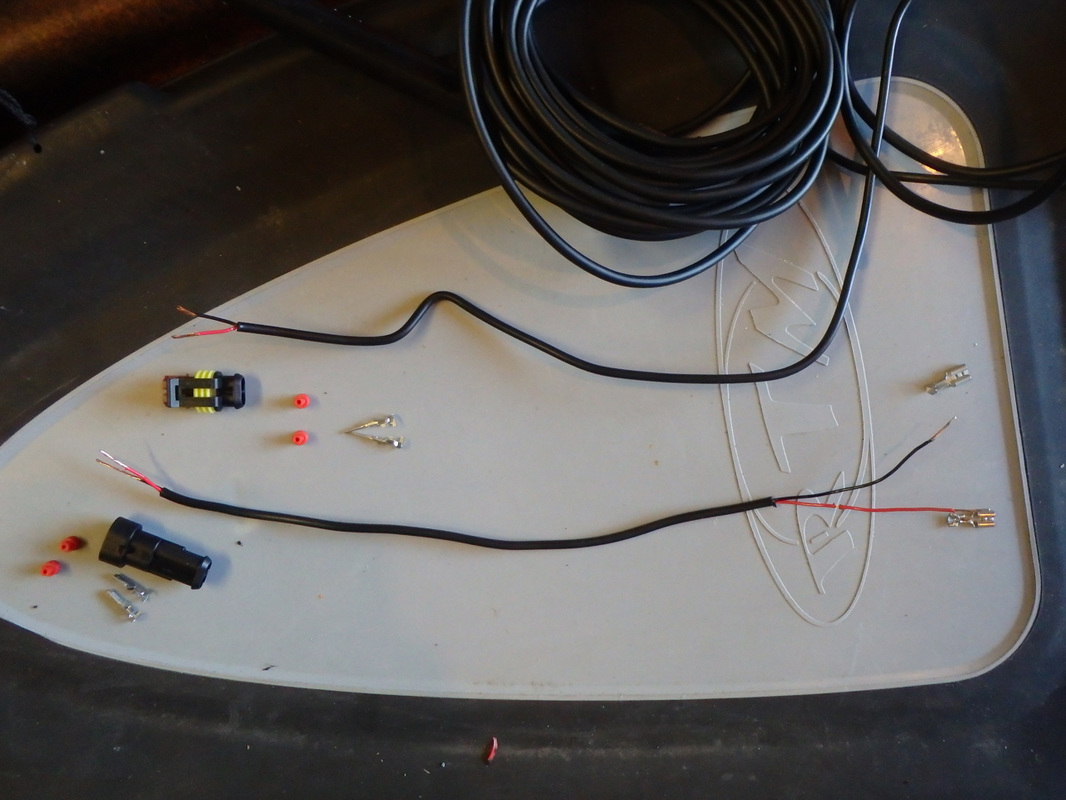

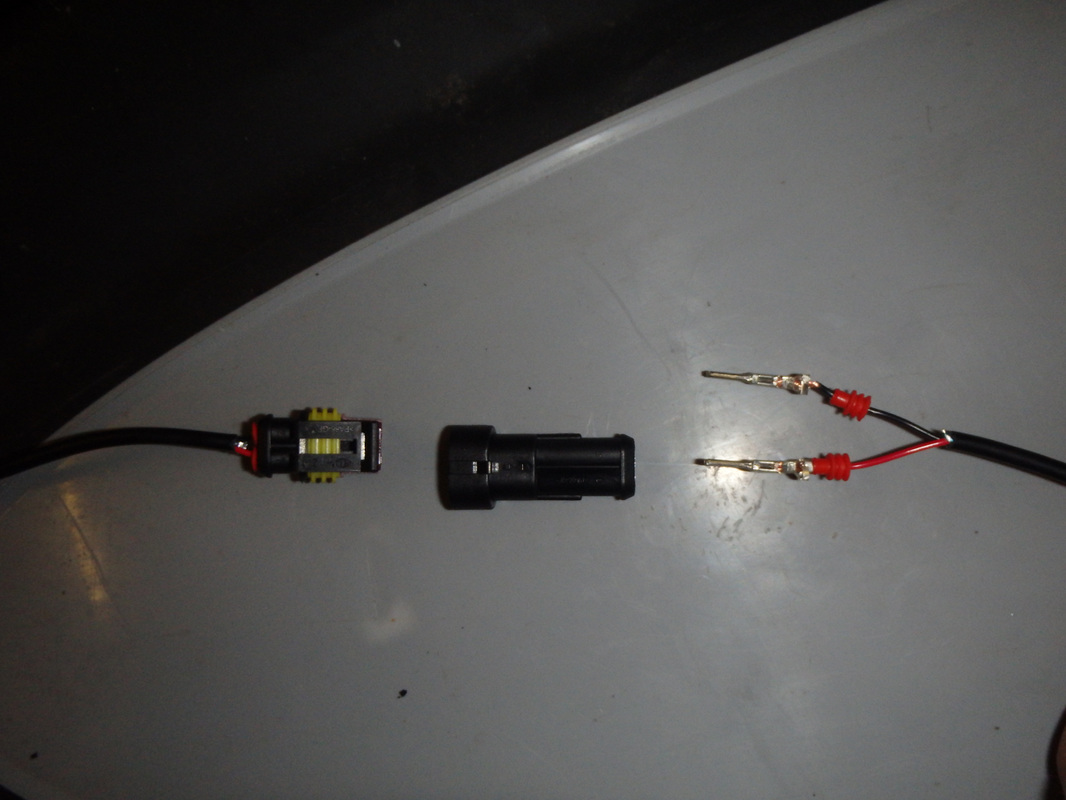
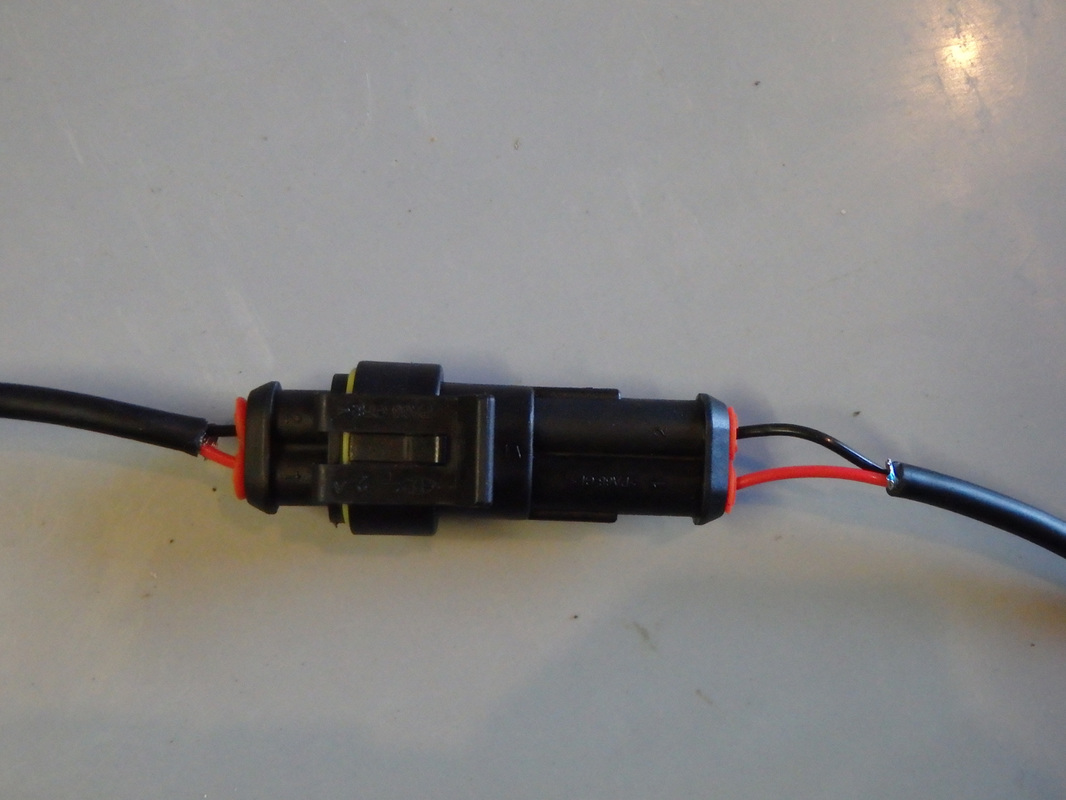
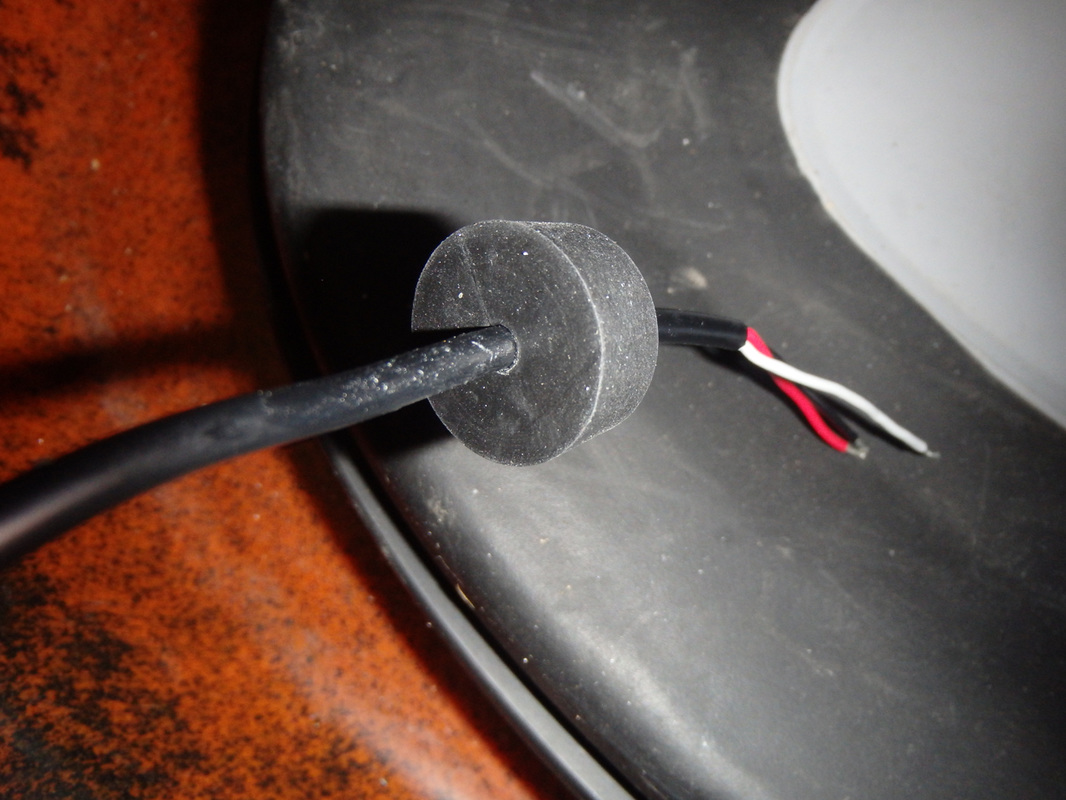
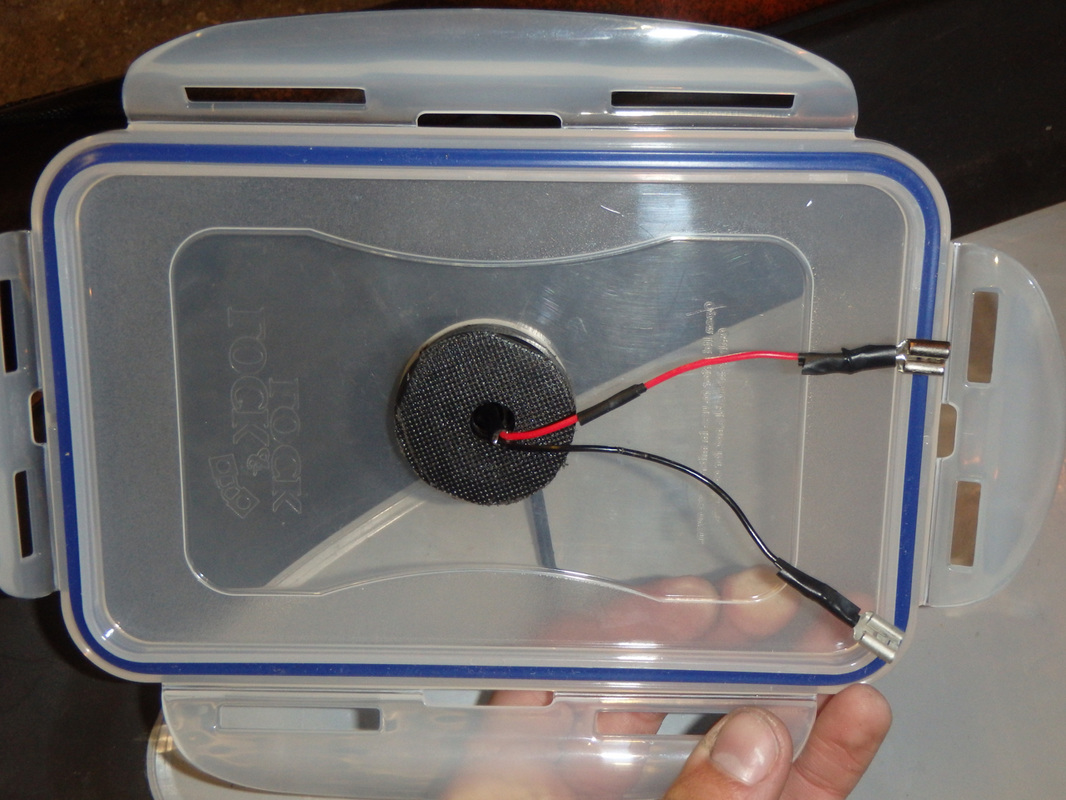
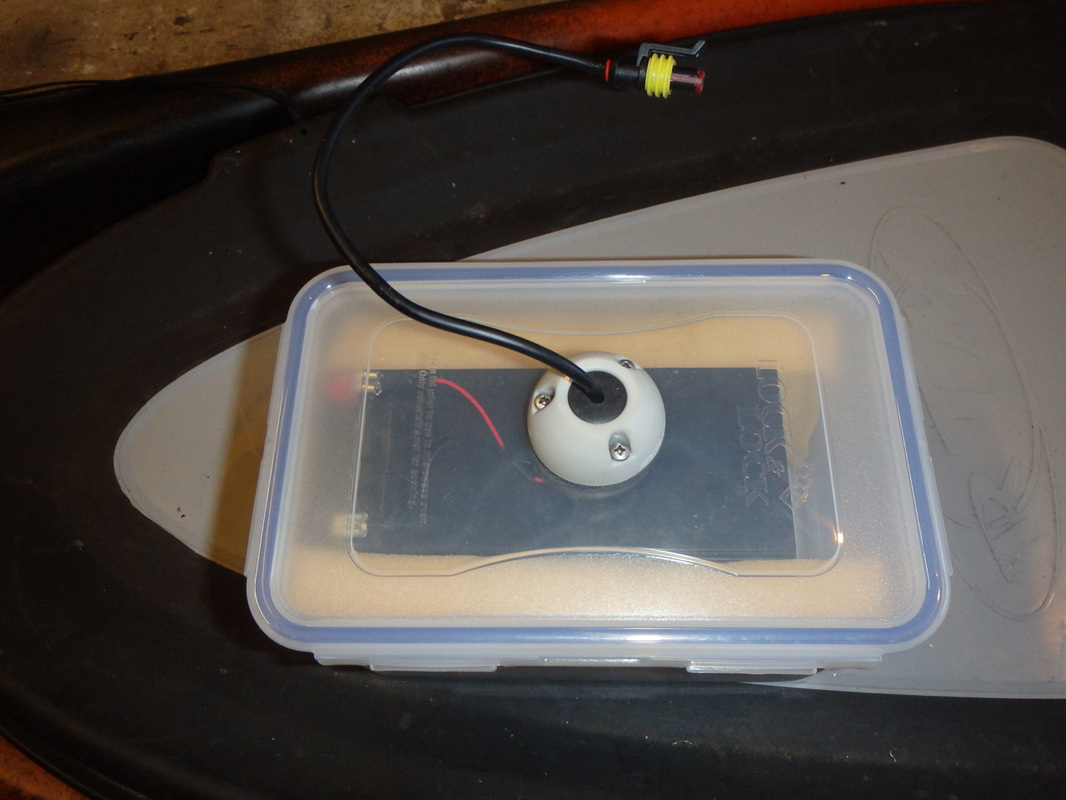
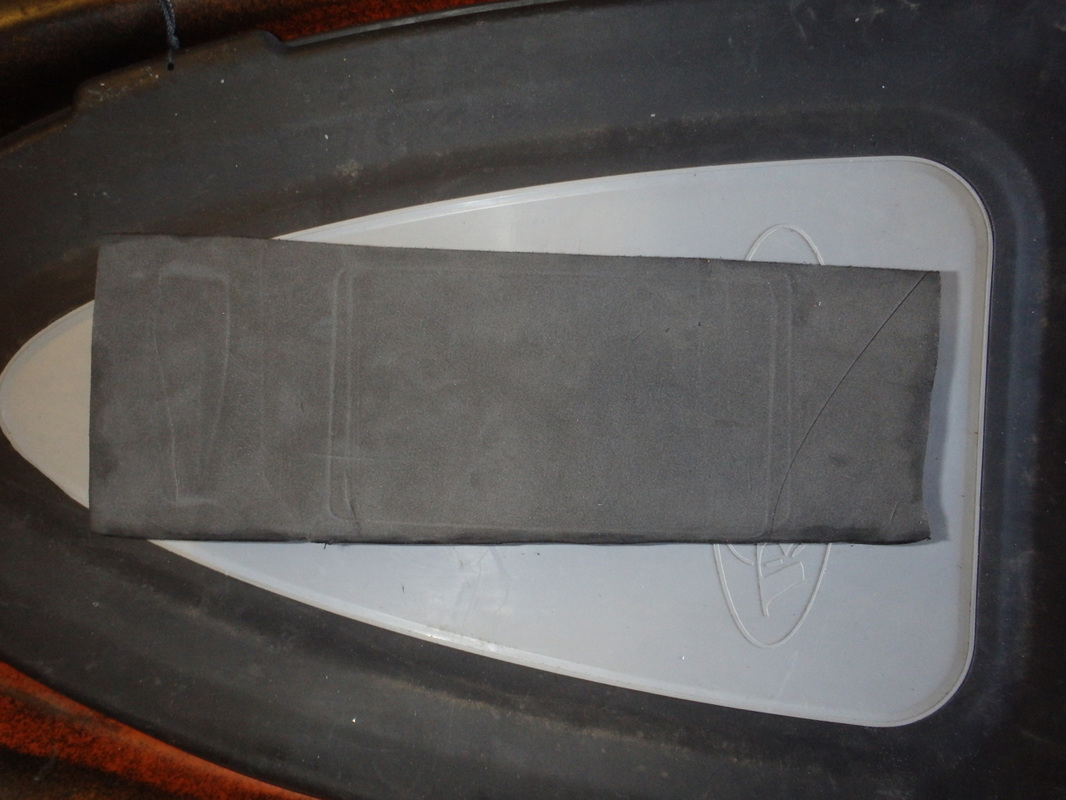
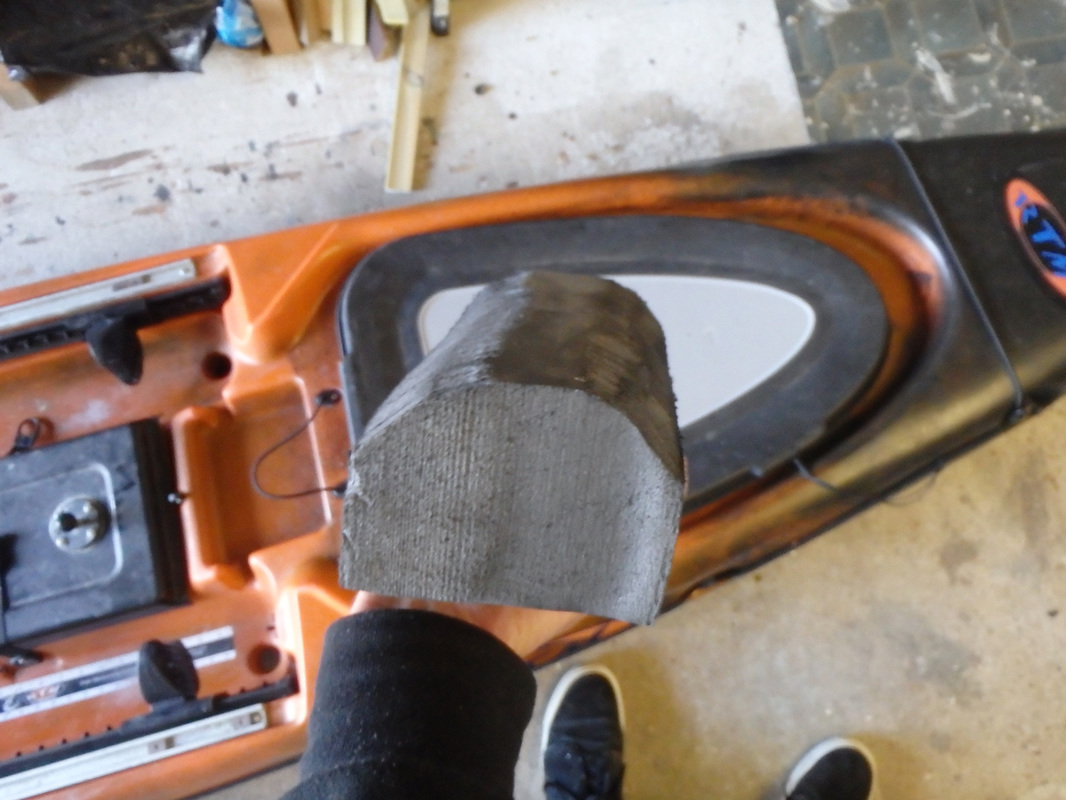
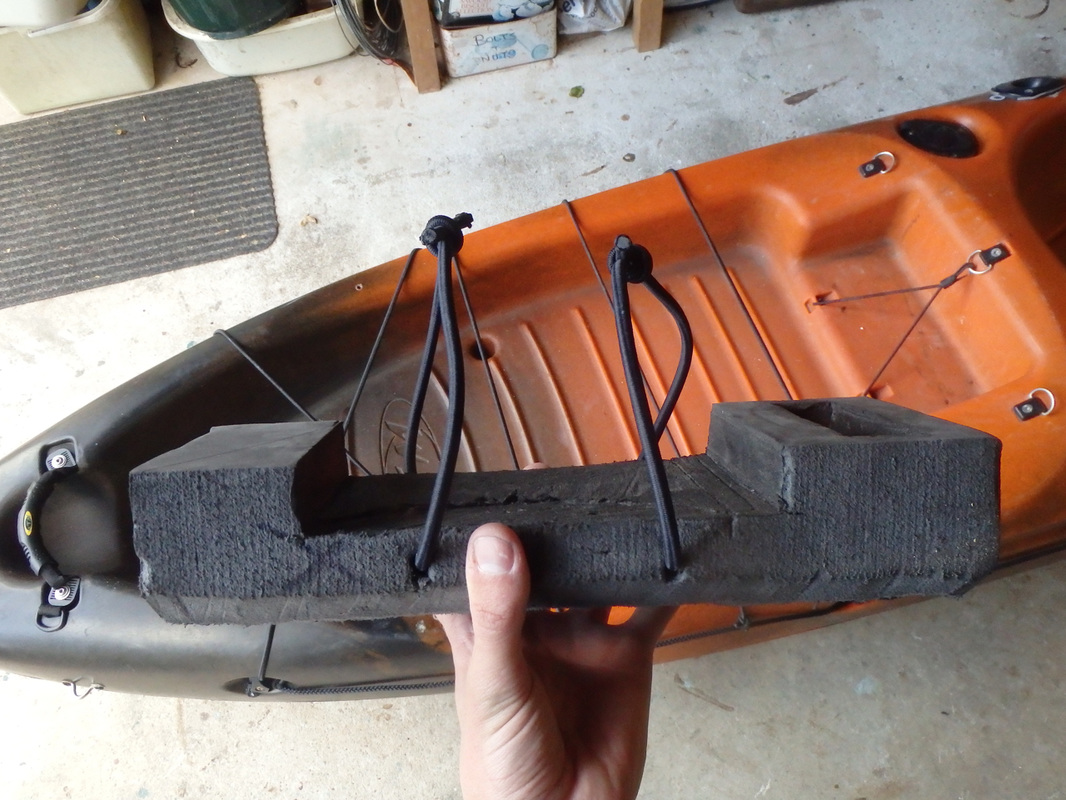
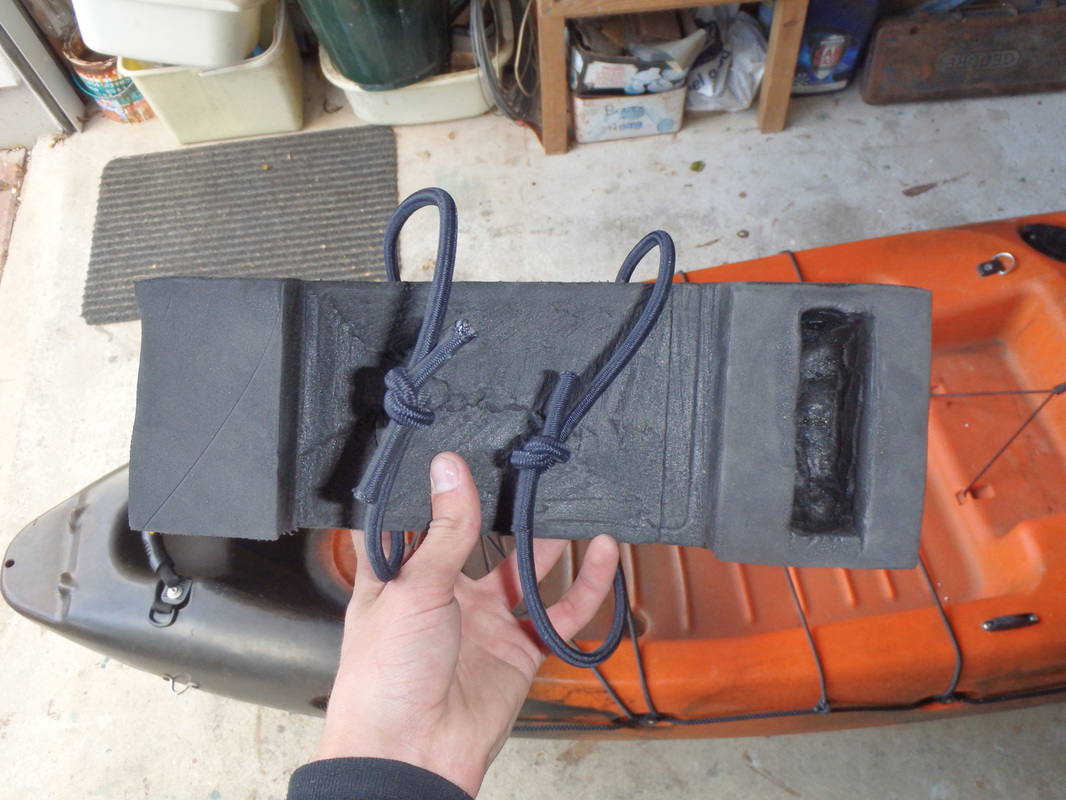
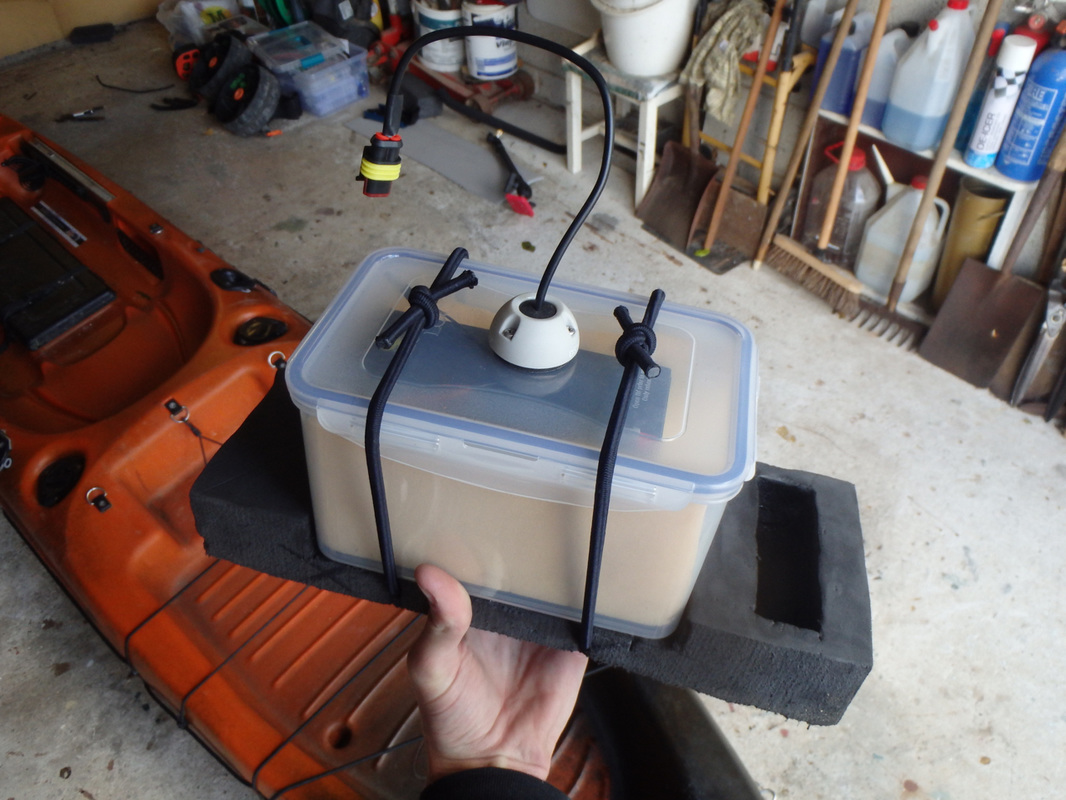
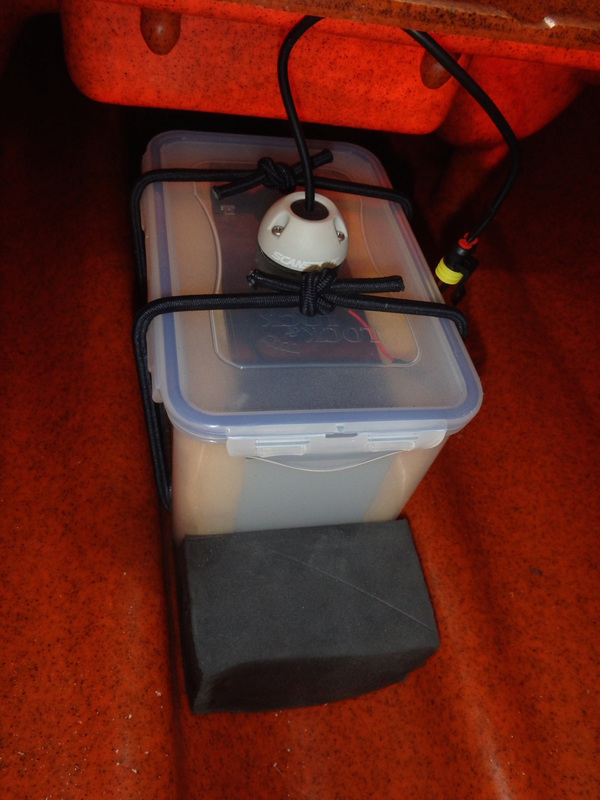
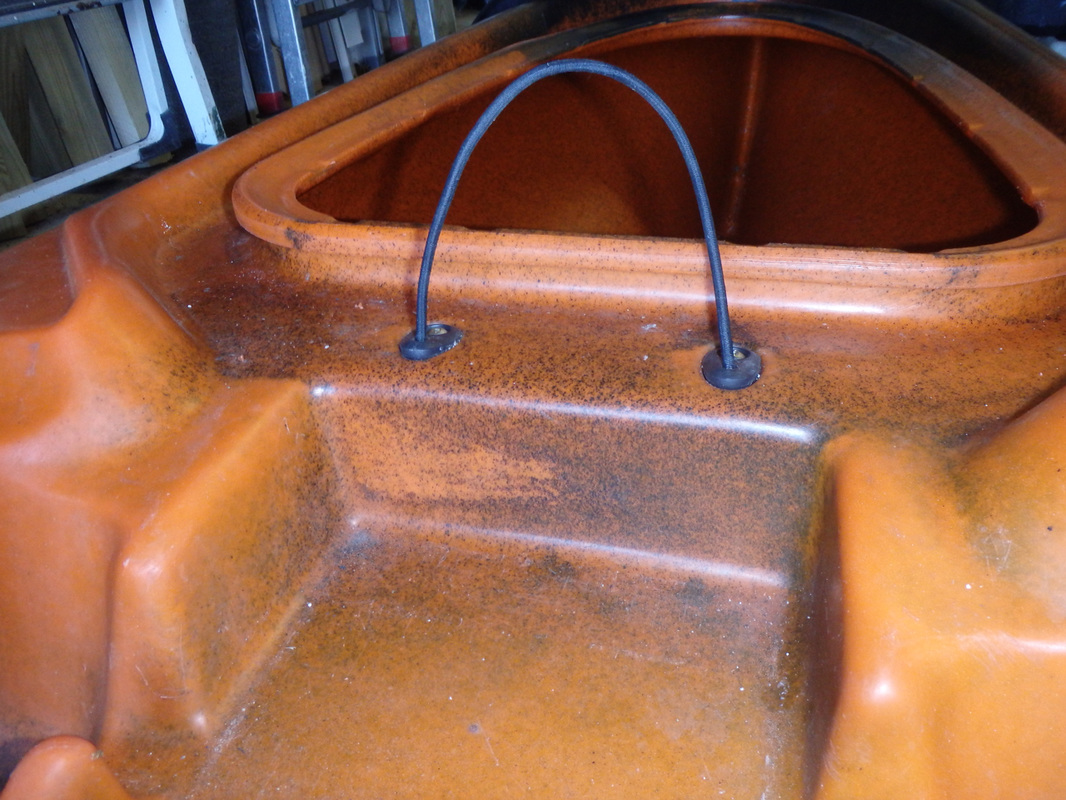
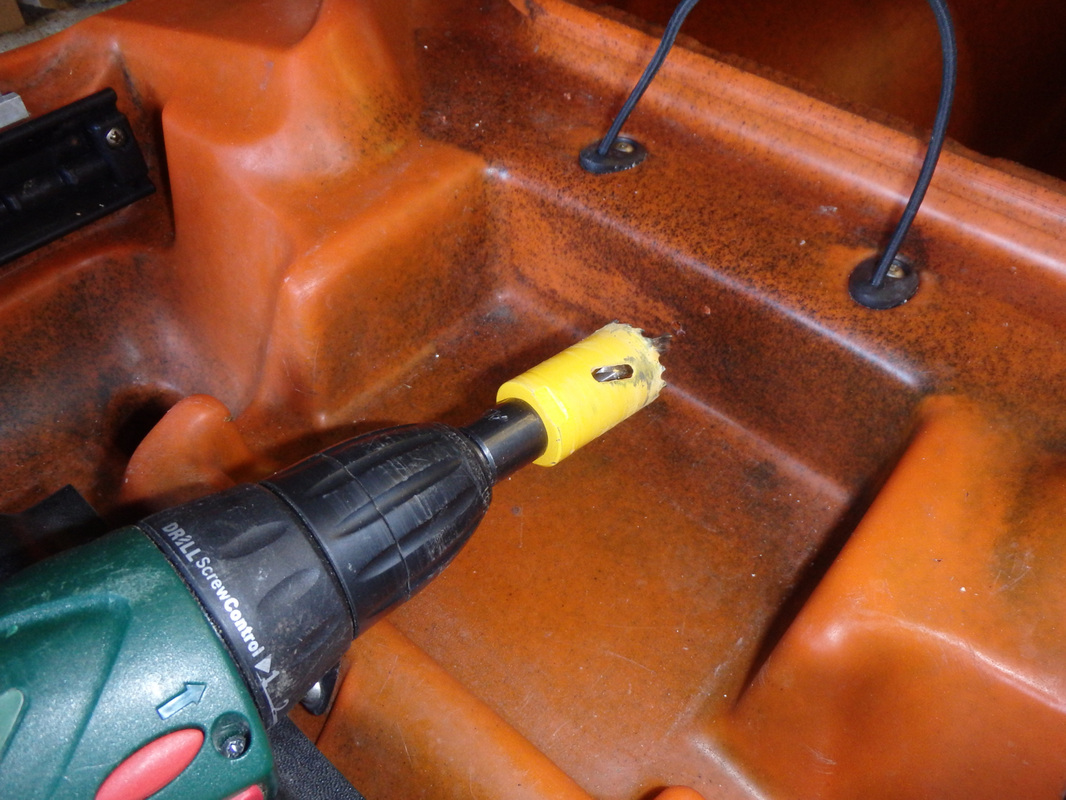
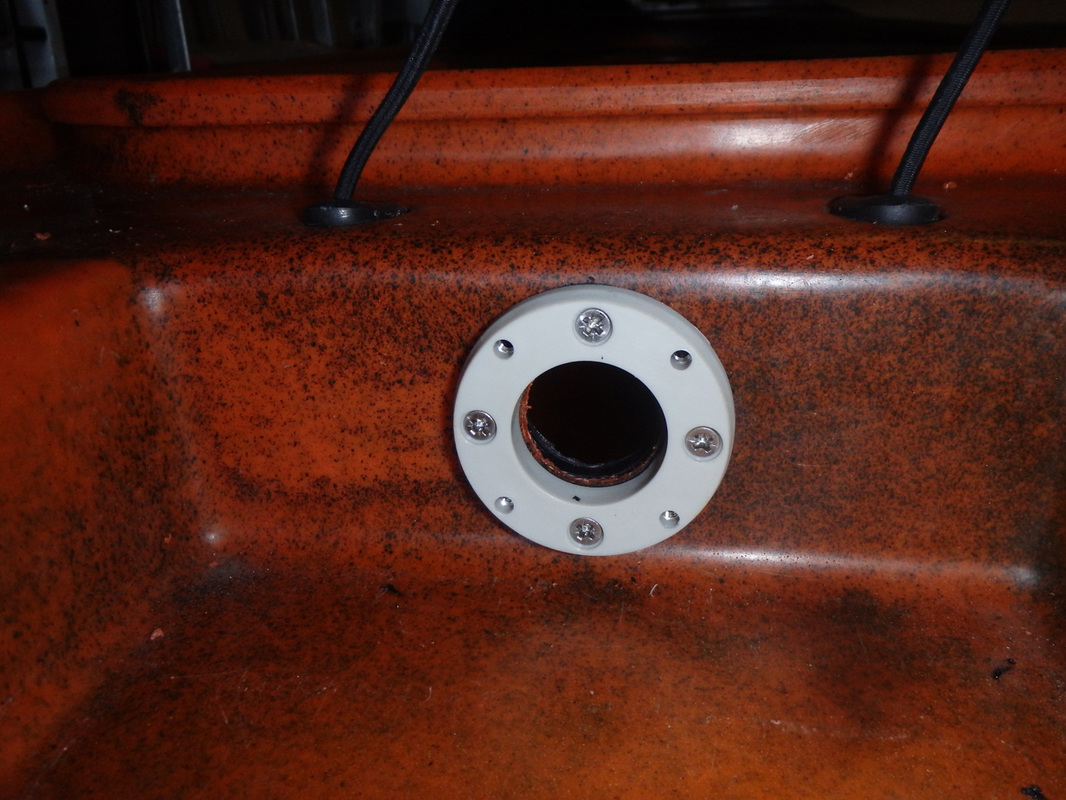
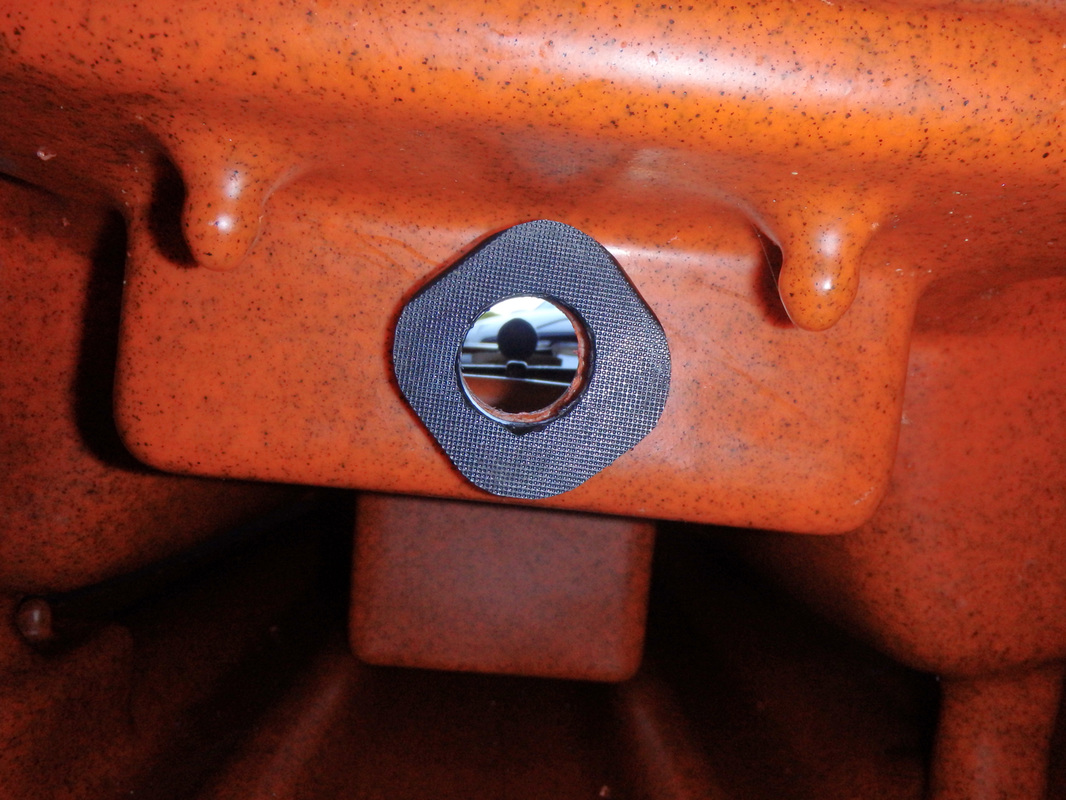
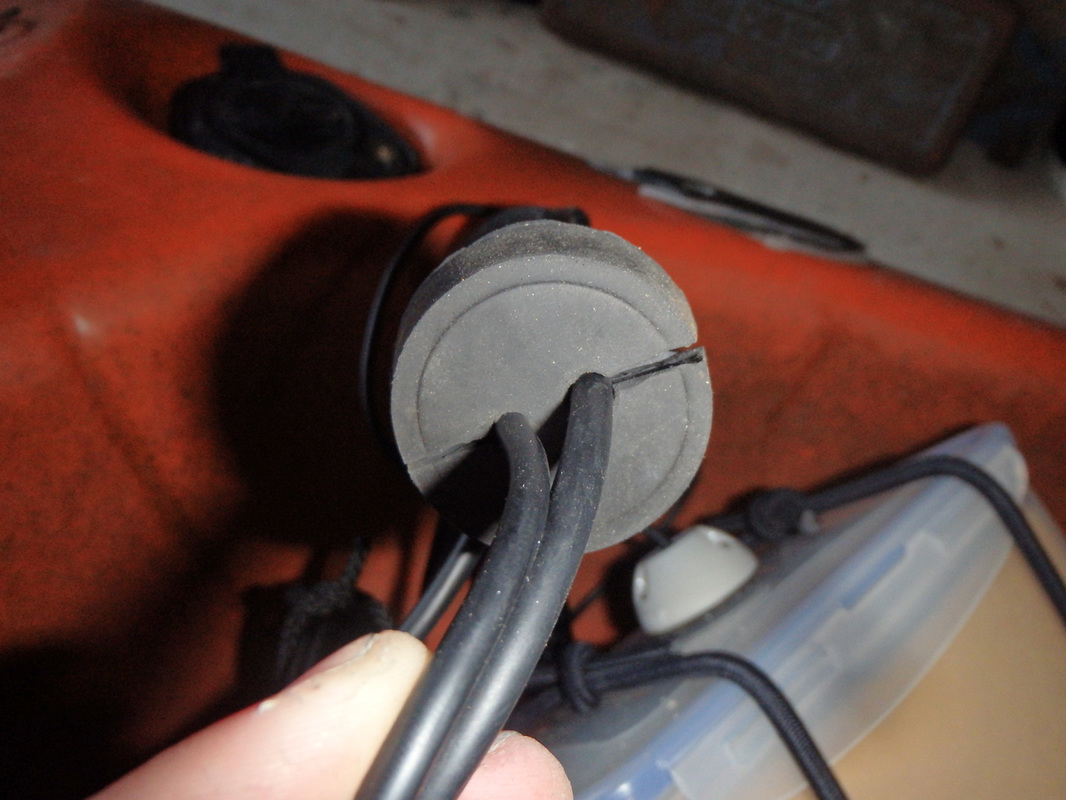
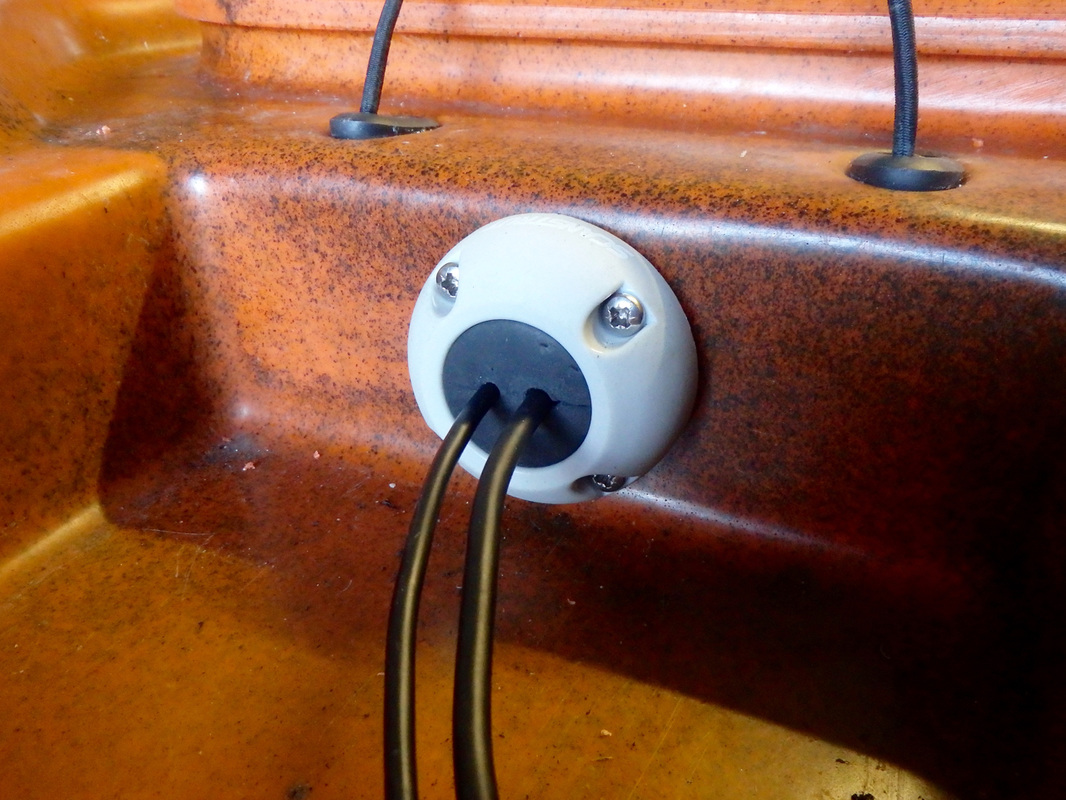
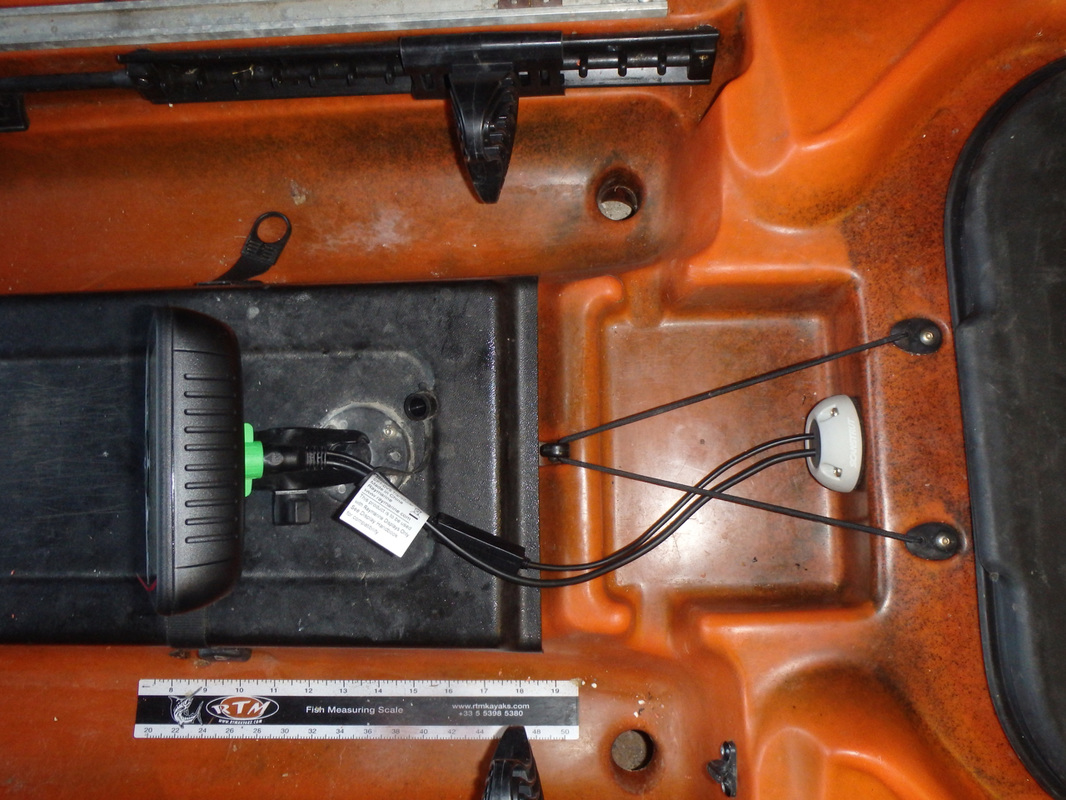
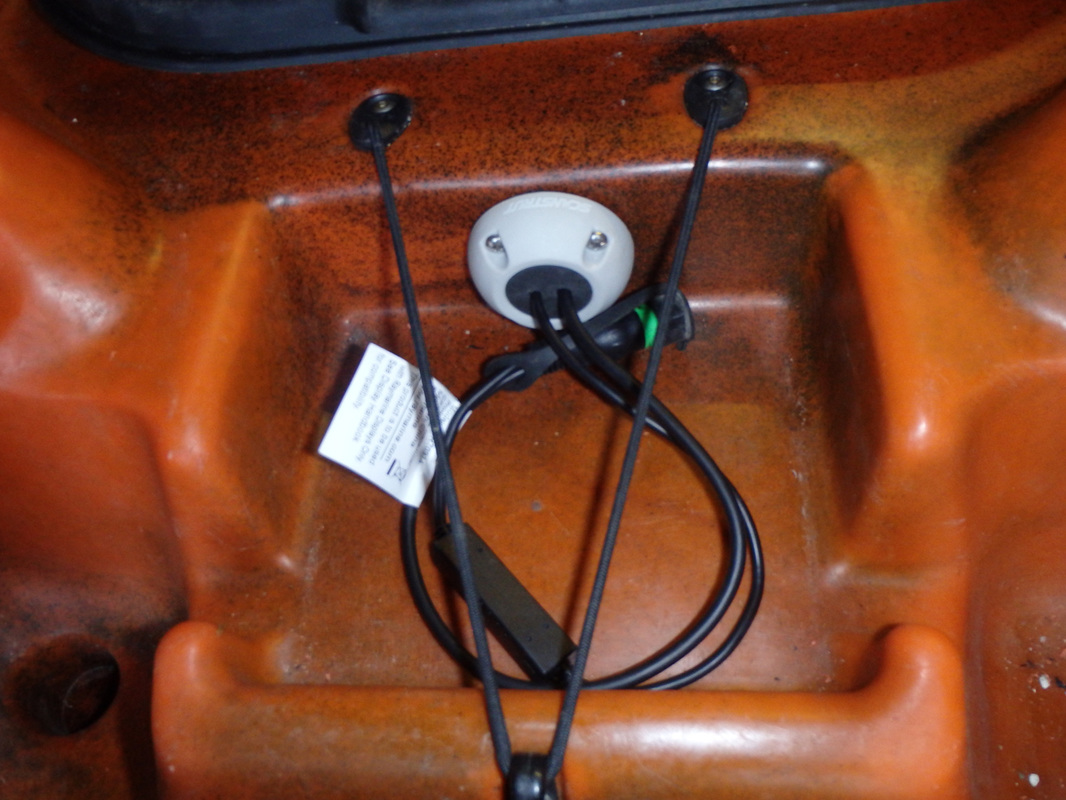
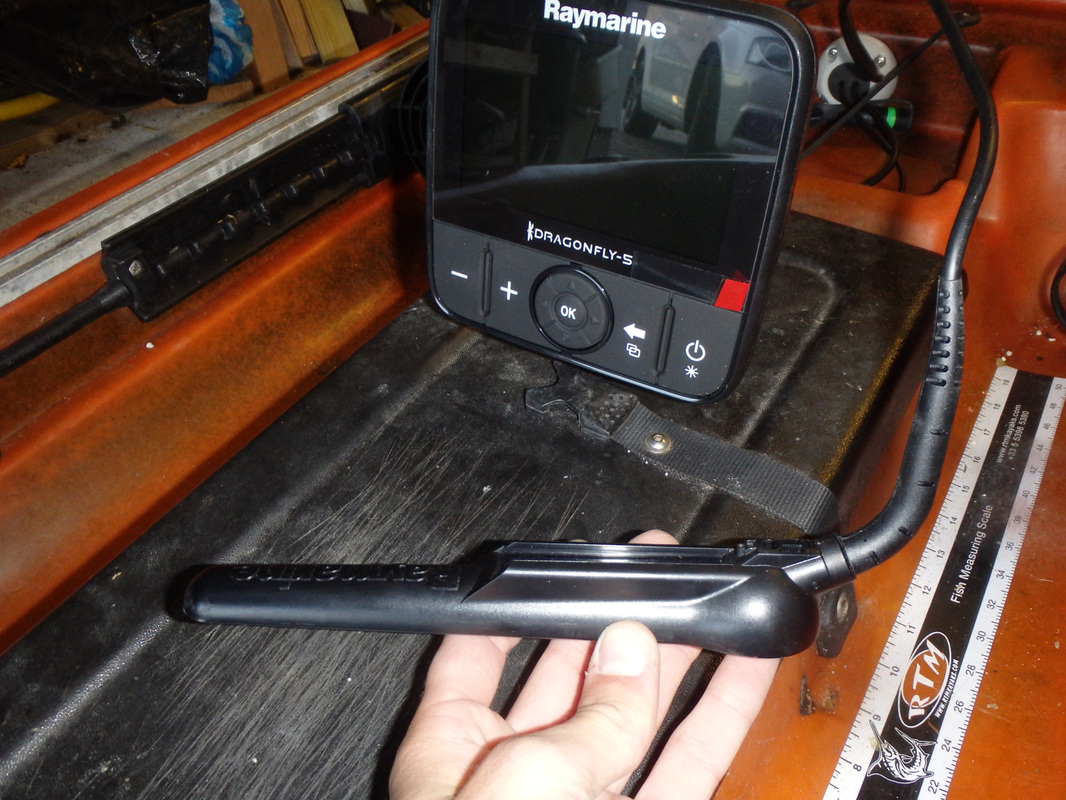
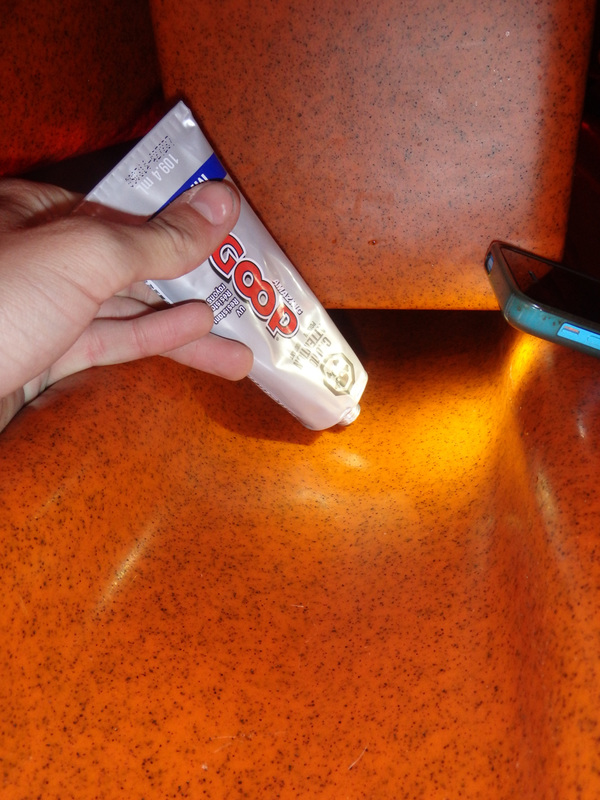
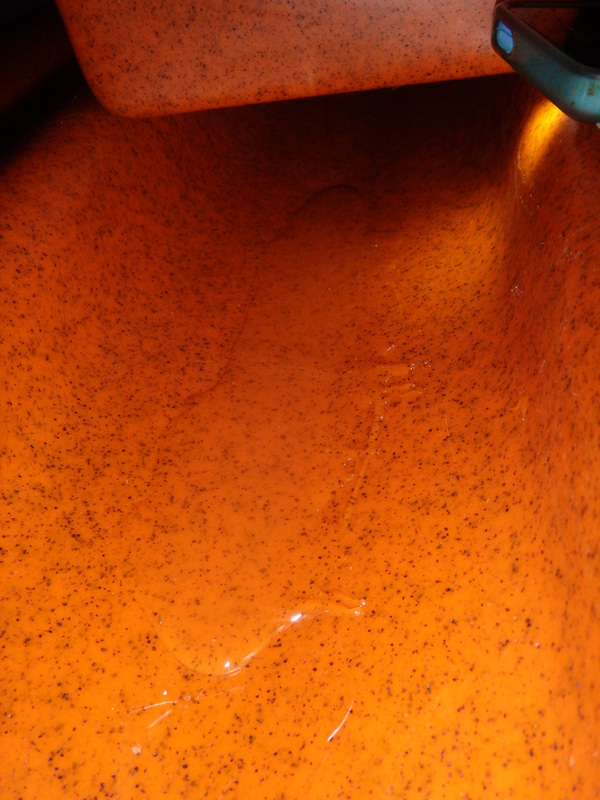
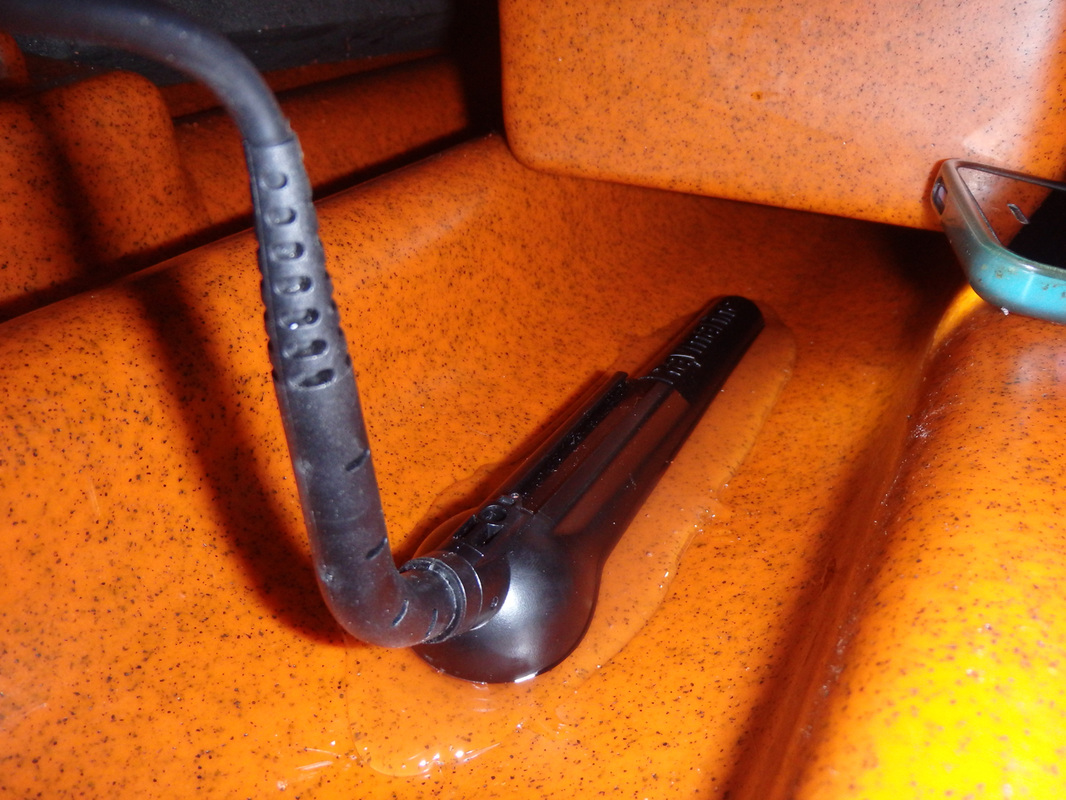
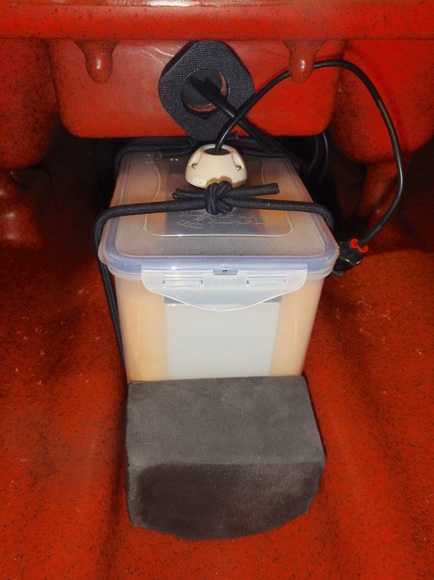
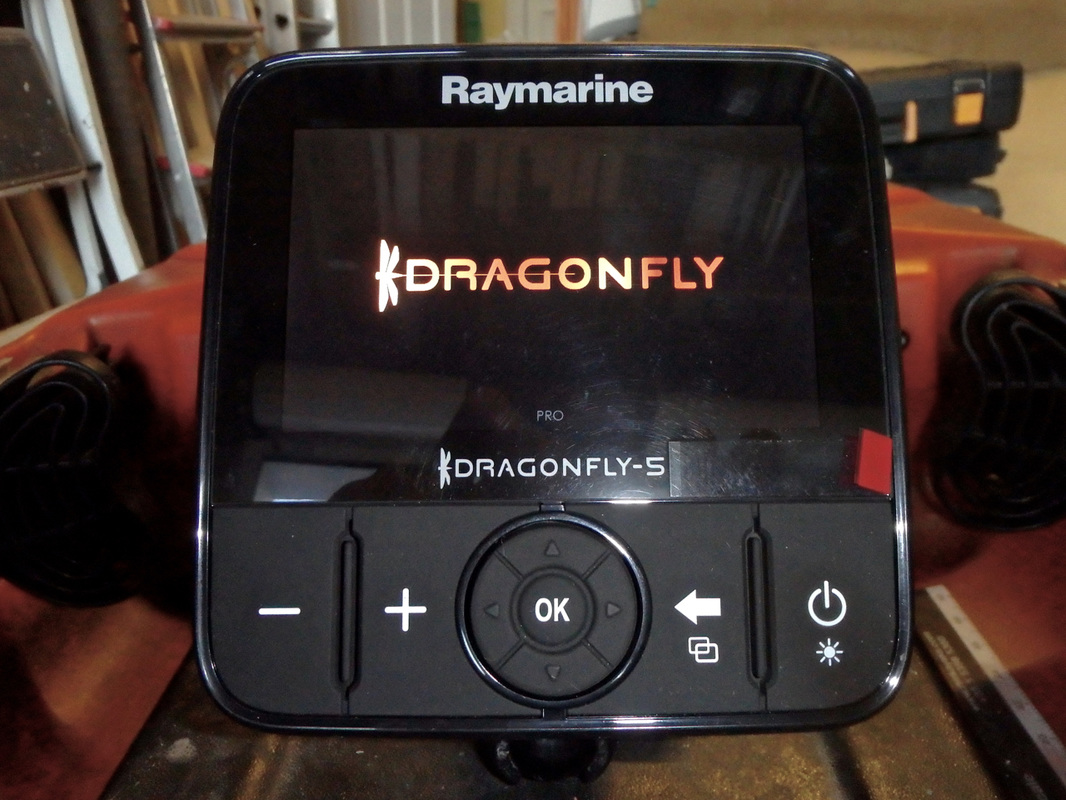
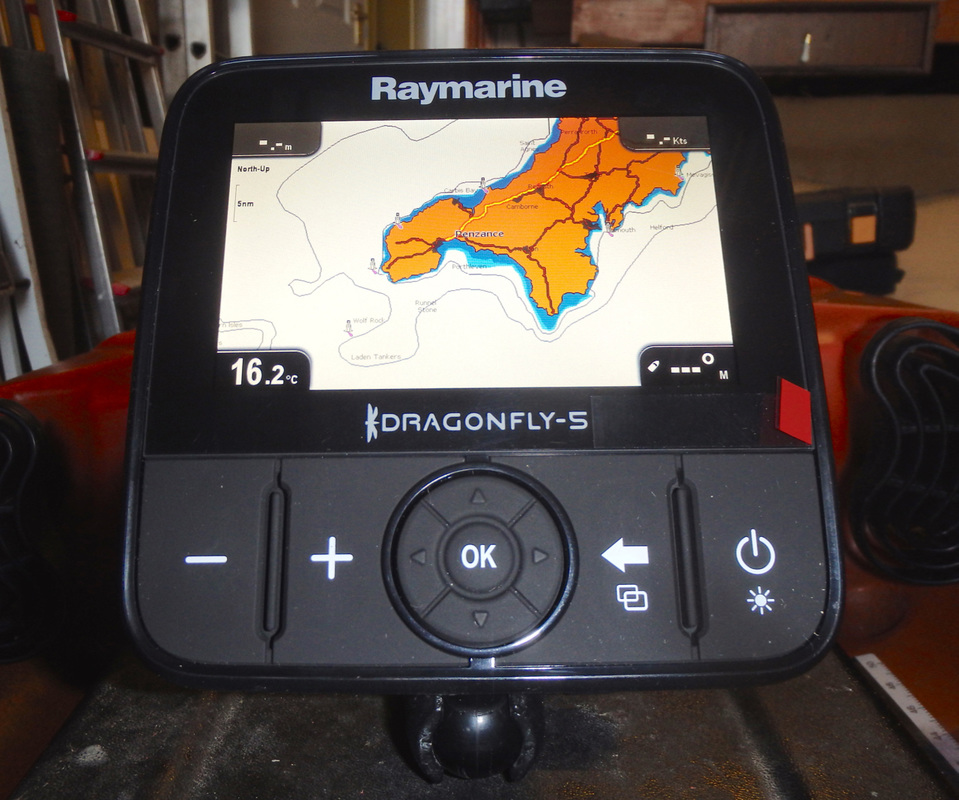
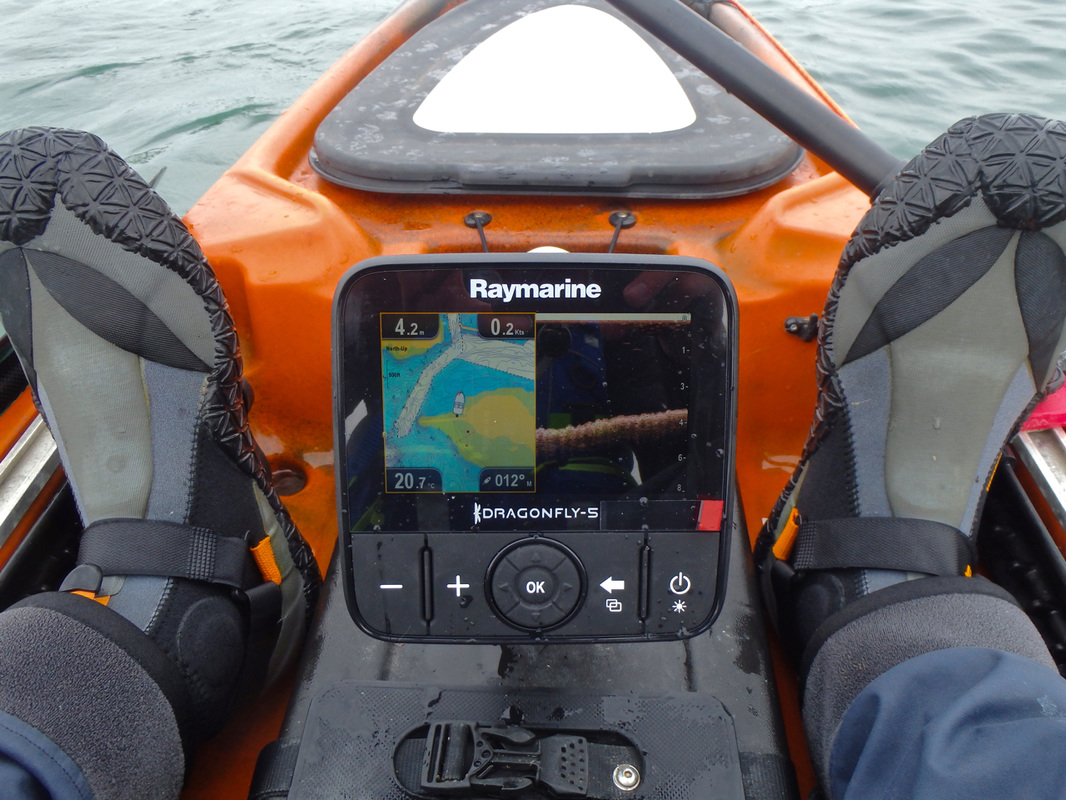
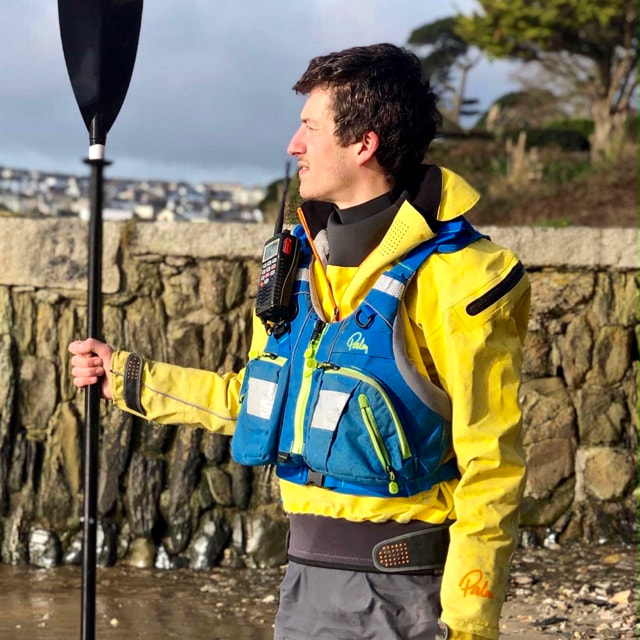




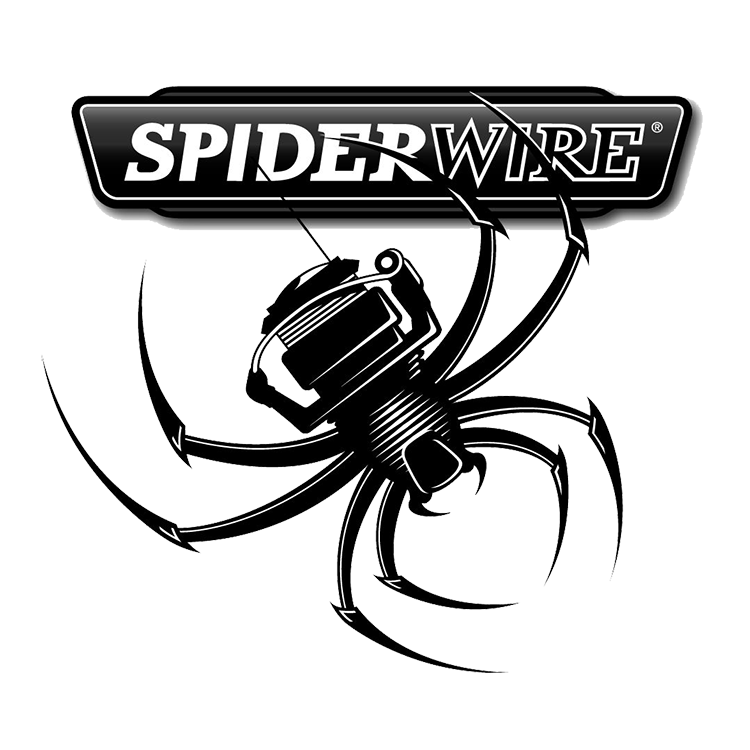


 RSS Feed
RSS Feed


